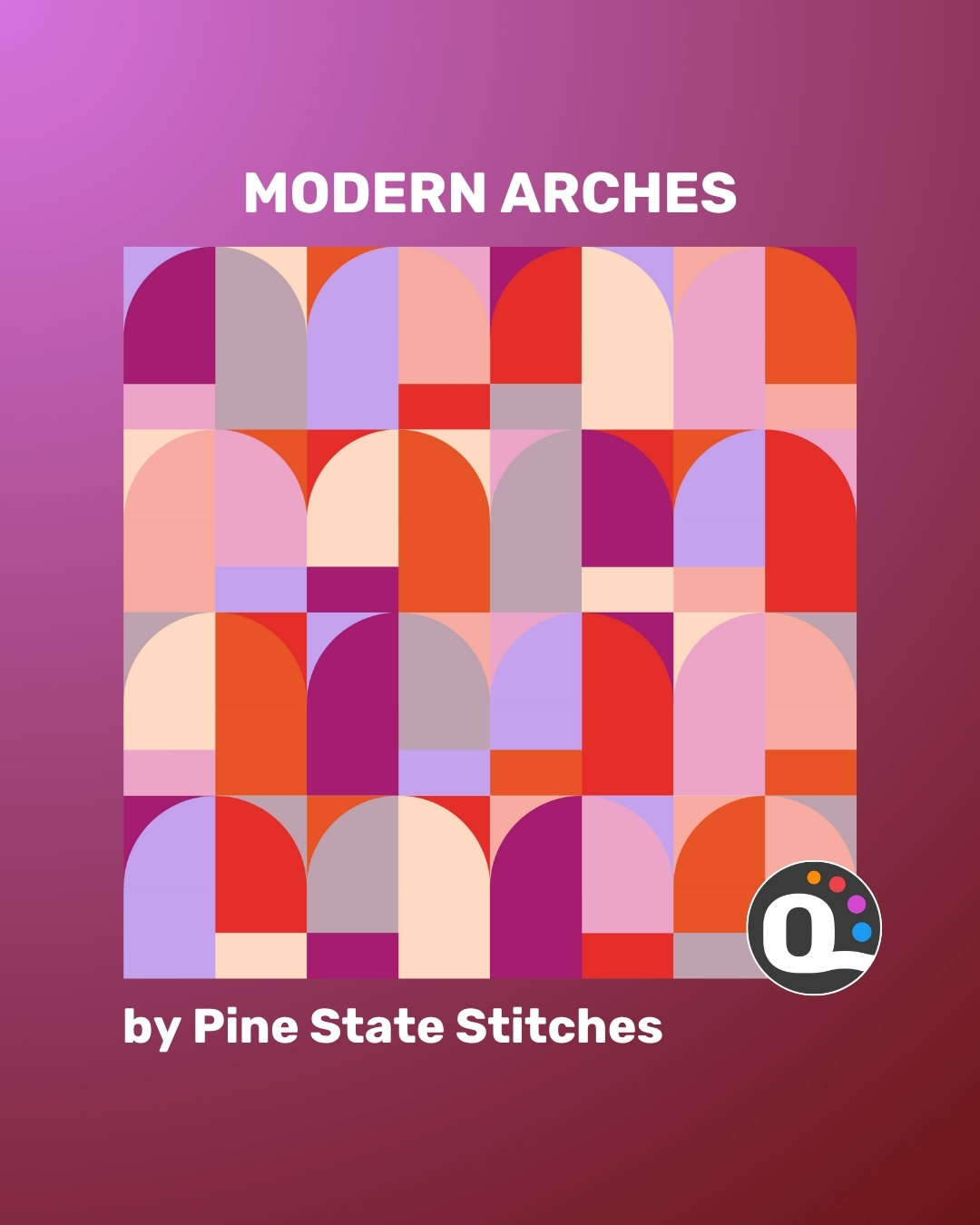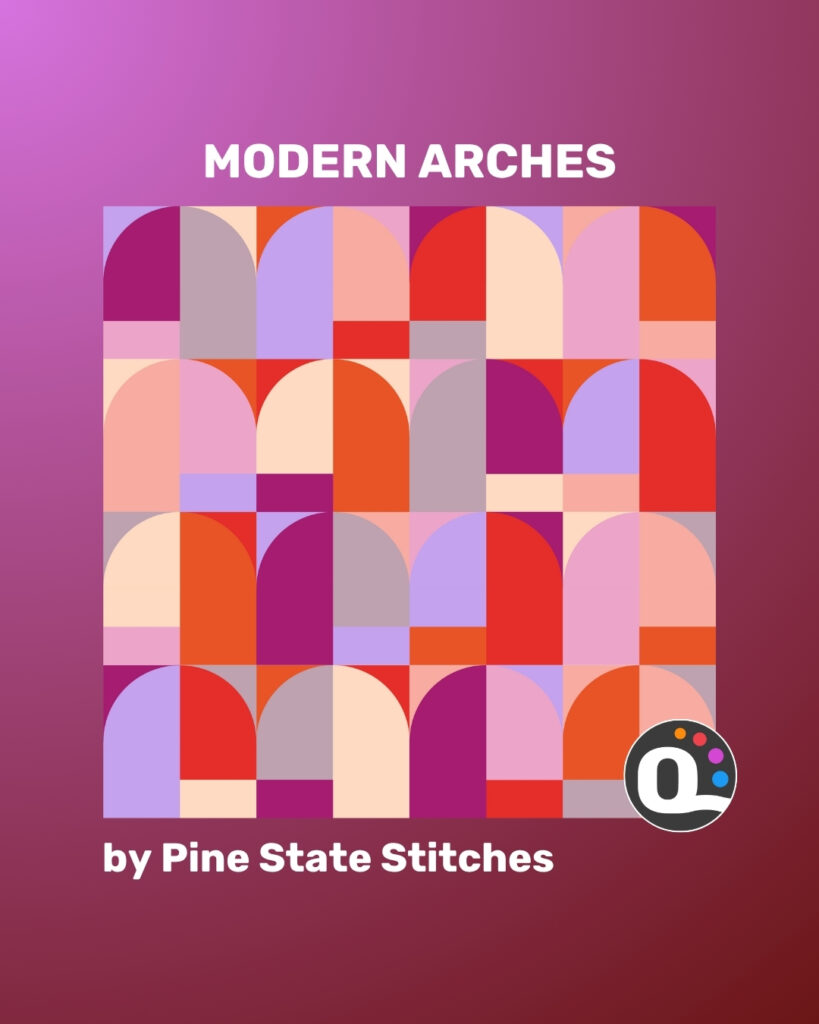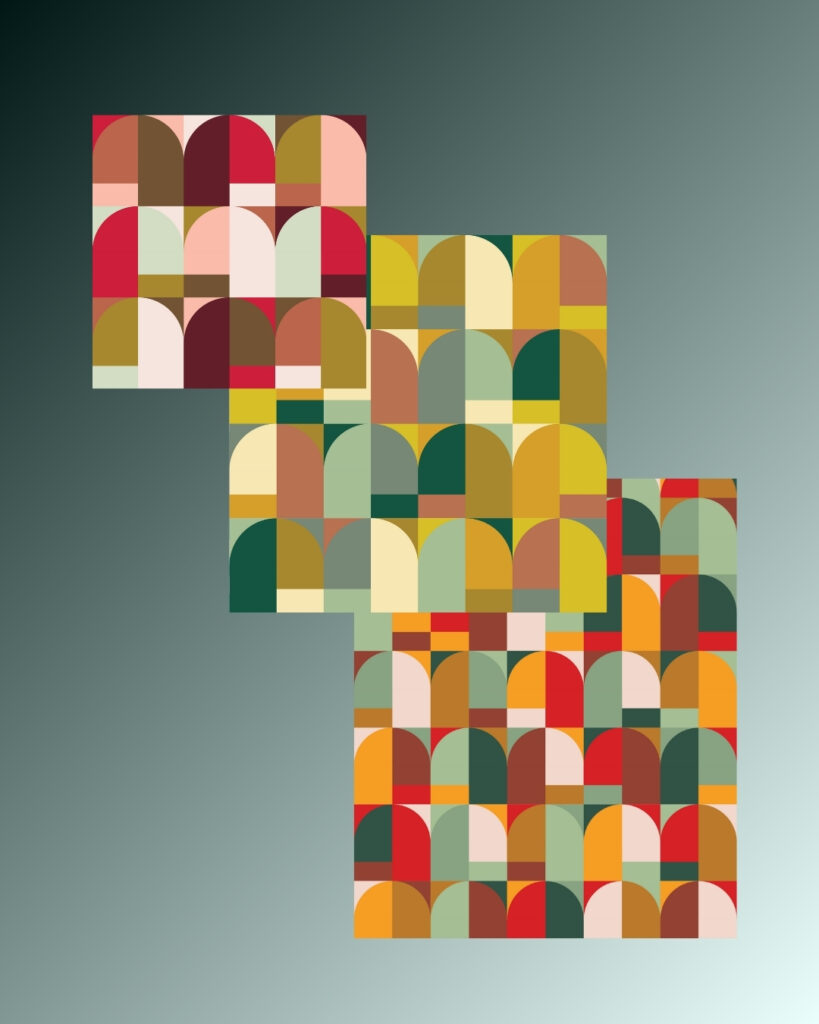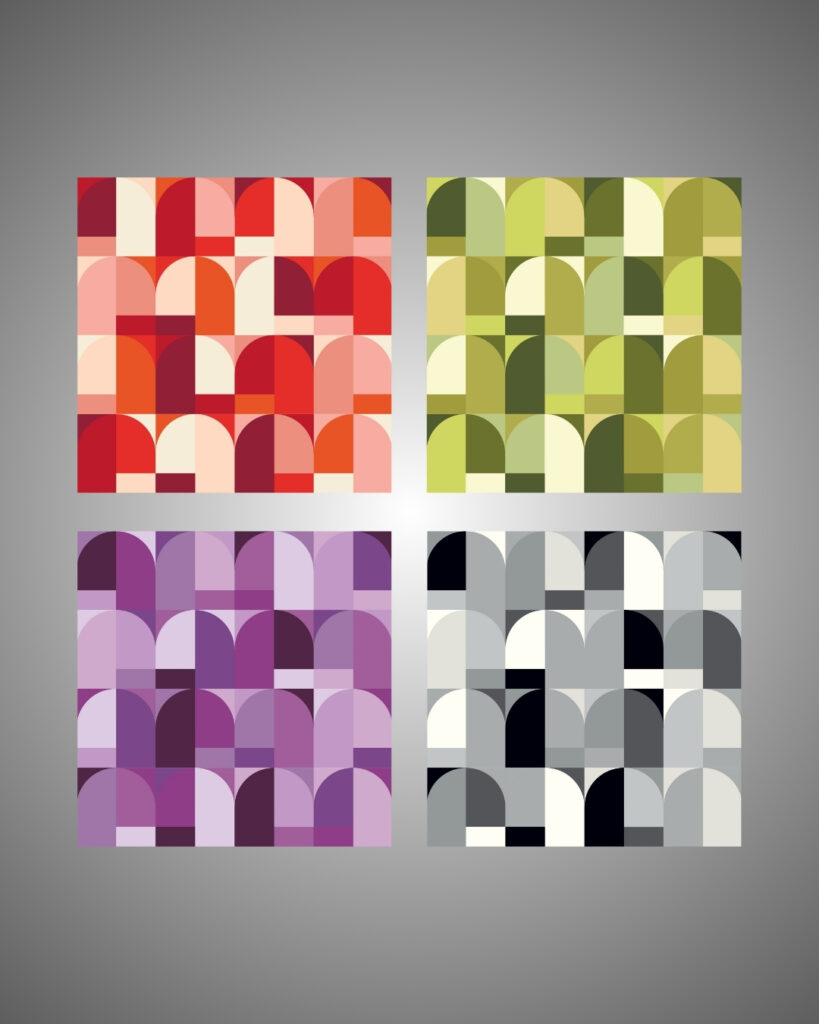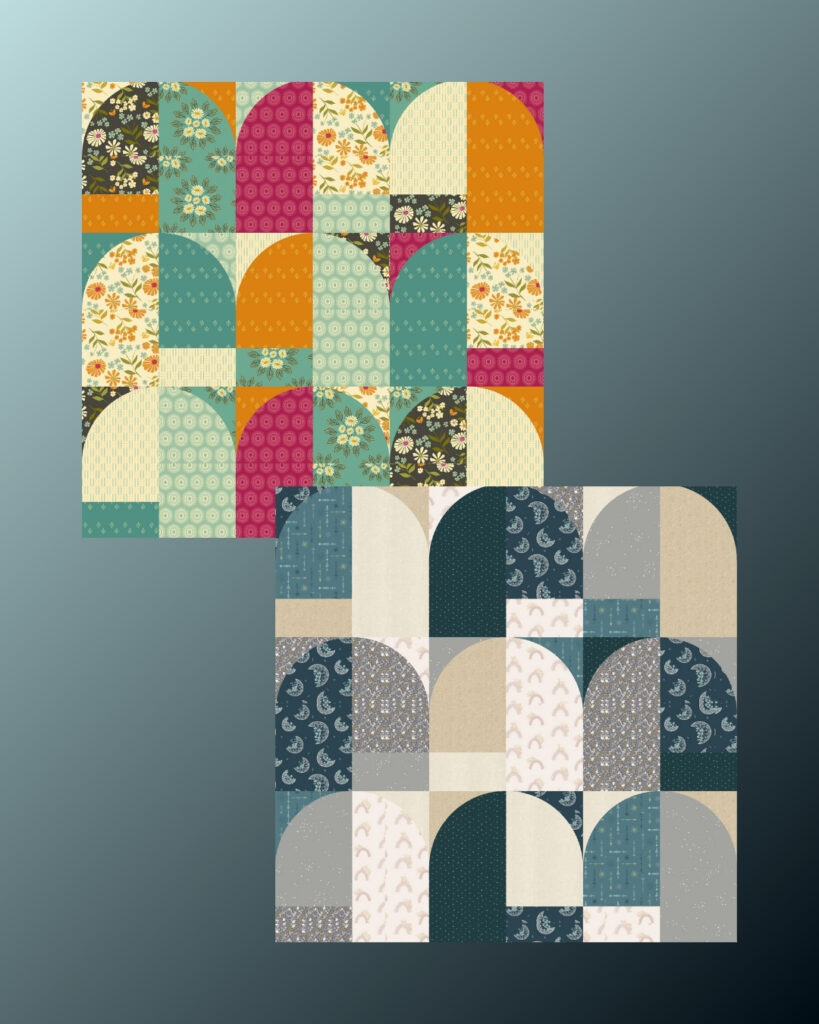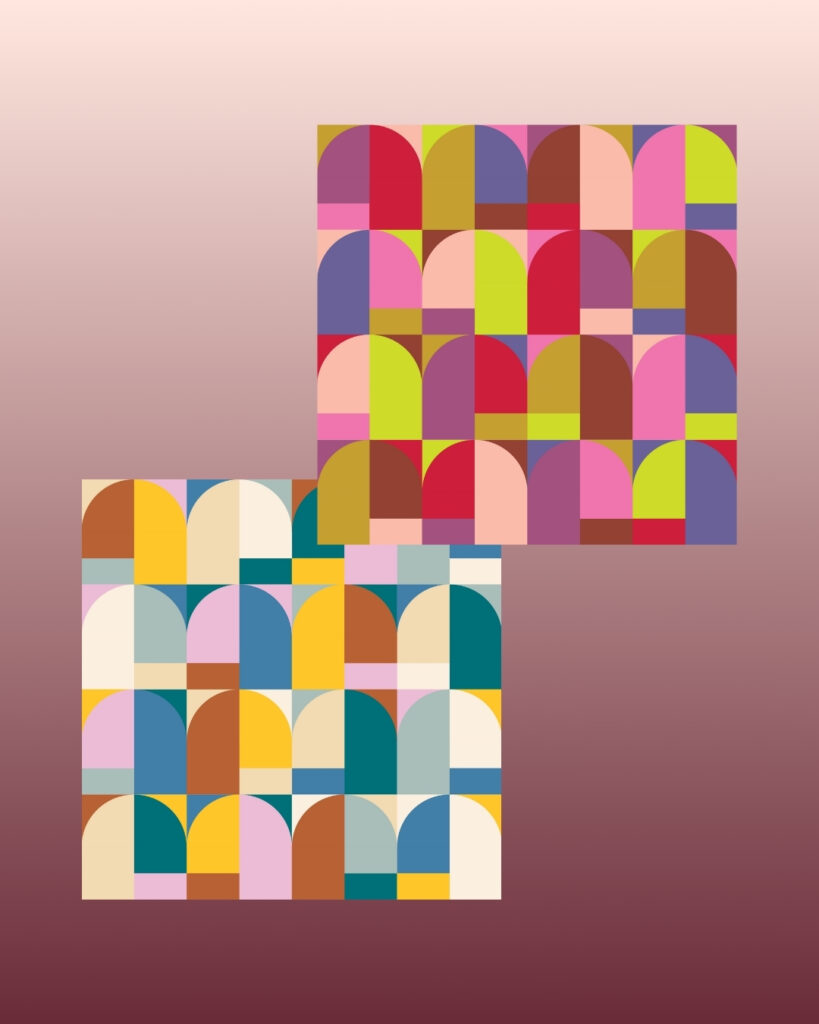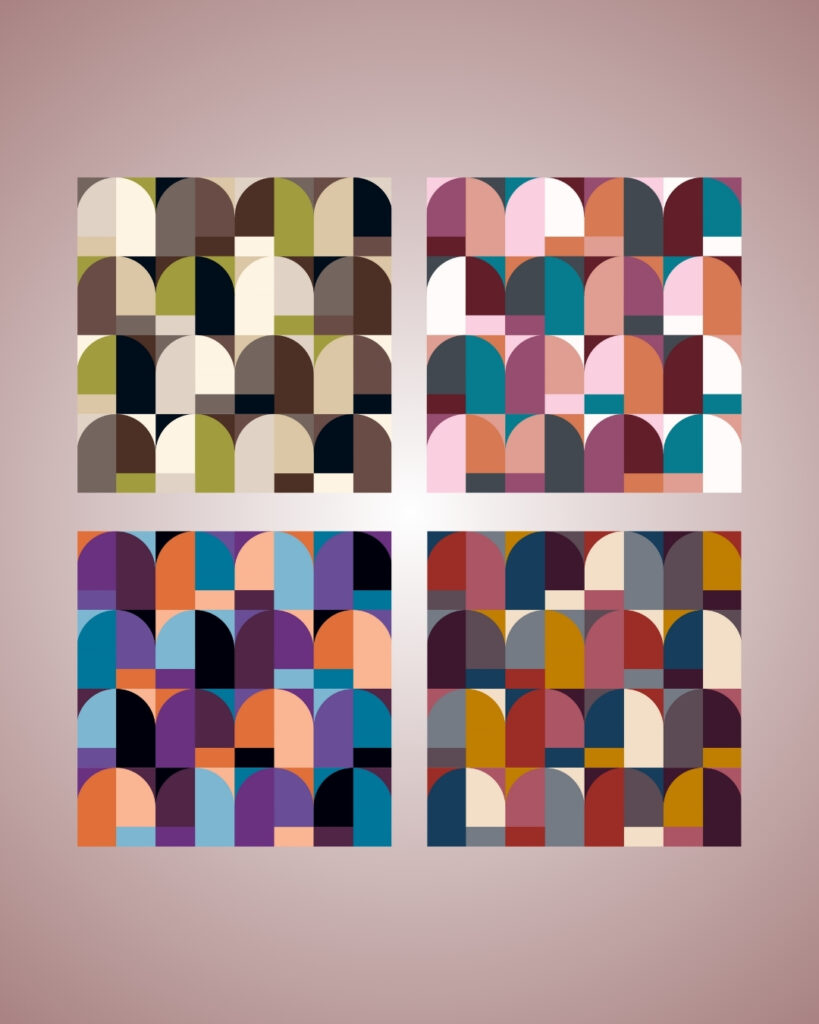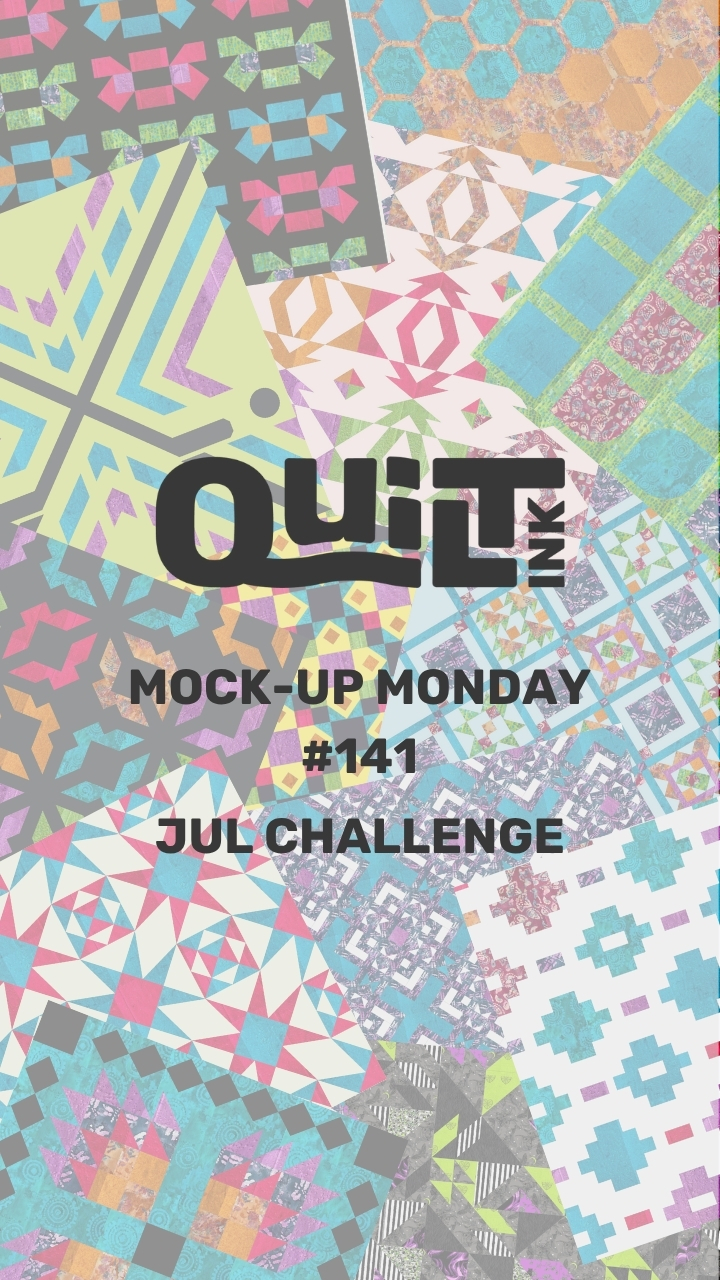Personal Background
Could you tell us a bit about yourself? (location, age, educational background, …) Who is behind Quiltwinkel ?
I’m Marta, founder of Quiltwinkel, textile storyteller and passionate patchworker.
I didn’t grow up with a family quilting tradition and that’s exactly what inspired me. I wanted to create something with my hands… something lasting. So I started quilting, and it quietly transformed my life.
Born and raised in central Hesse, Germany, as the daughter of Croatian guest workers, I now live with my family in Hannover, a place that feels like both home and a new beginning.
My professional path is a colorful patchwork of its own: Business training in wholesale, Bachelor’s degree in Photojournalism, Master’s degree in Design & Media
And today: entrepreneur, curator of fabric treasures, and gentle mentor in all things quilting
Since 2023, I’ve also served as a regional representative of the German Patchwork Guild, organizing meet-ups and creative spaces for connection, always with warmth, never with pressure.
Quiltwinkel is my heartfelt project: an online shop where fabric meets feeling, and inspiration is stitched into every order.
Quilting Journey
How did you first get into quilting? When did you decide to turn this passion into a business by opening your shop?
My quilting journey began with a simple wish: to make something with my hands. After finishing my Master’s degree, my husband said, “You need a hobby.” I immediately knew: it had to be something creative and tactile. I took a beginner’s patchwork class and something clicked.
A Block-of-the-Month project became my teacher. Every block, every technique, every color combination felt like a small chapter in a story I was just beginning to write. And I couldn’t stop.
Quiltwinkel was born a few years later, not out of a big business plan, but out of love.
Love for beautiful fabrics.
Love for quiet moments at the sewing machine.
Love for people who find joy in creating something lasting.
From that point on, I knew: this isn’t just a hobby. It’s a calling and a community I want to help grow.
Shop Story and Style
What’s the story behind Sewing Arts? When did it start, and how would you describe its personality, style, and size?
Quiltwinkel started with a quiet idea:
What if fabric shopping could feel like a walk through your favorite garden? Calm, inspiring, a little magical, but never overwhelming.
I launched the shop in 2023, with just a few shelves of carefully chosen fabrics and a big vision: to create a space where people feel seen, inspired, and gently guided, not pushed or rushed.
Quiltwinkel is small by design. It’s a one-woman shop with a big heart, rooted in mindful curation and emotional connection.
The style? A mix of Scandinavian simplicity, Japanese elegance, and timeless quilting traditions from the U.S.
The personality? Warm, thoughtful, quietly creative. Less “more is more”, more “just right for you.”
Every newsletter, every product description, every bundle I put together carries a bit of my story and a whole lot of intention.
Product Offerings
What types of fabrics do you focus on? How do you offer them to customers—by the yard, as kits, or with custom options?
At Quiltwinkel, I focus on fabrics that speak softly but leave a lasting impression.
My selection includes high-quality quilting cottons: often modern, sometimes playful, always timeless. I love subtle prints, delicate florals, calming palettes, and those special designs that make your heart skip a beat.
I offer fabrics by the fat quarter, half meter, and full meter and also in curated bundles and quilt kits. Each kit is thoughtfully designed to inspire and simplify, with color stories that support the sewing flow rather than overwhelm it.
Special Collections and Products
Are there any collections, brands, or unique products you’re especially proud to carry?
I’m especially proud to carry fabrics from Ruby Star Society, Art Gallery Fabrics, and Fableism: brands that combine quality with a strong design voice.
What matters most to me is how a fabric feels in your hand and in your heart.
That’s why I also stock small-batch collections and under-the-radar gems you won’t find everywhere, often with a soft color palette and that quiet kind of beauty that grows on you.
My curated bundles are a signature element of Quiltwinkel, little stories in fabric form, designed to spark inspiration and bring calm to your creative table.
Inspiration and Trends
What inspires you when choosing fabrics or products for your shop? Do you follow any specific trends or themes?
I choose fabrics the way some people pick herbs for tea: with care, intuition, and a sense of what brings comfort.
I’m inspired by nature, quiet color stories, vintage textiles, and the feeling of “Oh, this one’s just right.”
Sometimes it’s a single print that sparks a whole collection. Sometimes it’s a mood – like a rainy afternoon, fresh bread, or wildflowers in late summer.
I follow trends loosely, but always filter them through my own sense of calm and cohesion.
Additional Services
Do you offer any other quilting-related services, like pattern design, long-arming, or classes?
Yes, I offer in-person workshops and quilting classes, focused on both technique and the joy of slowing down.
My goal is to create safe, encouraging spaces where creativity flows without pressure.
I also offer a personal color-matching service: If you have a quilt in mind but feel unsure about fabric choices, I’ll help you put together a palette that truly sings: soft, balanced, and made just for you.
More services will come… always with heart before hustle.
Online Presence
Where can people find your shop online? (Website, social media handles, online marketplaces). How do you use online platforms to connect with your audience and fellow quilters?
You can find me at www.quiltwinkel.de, my little online sanctuary for fabric lovers.
I also welcome visitors at my cozy studio space in Hannover (Göttinger Chaussee 115, 30459 Hannover, Germany), a quiet spot for fabric browsing, personal consultations, and creative connection.
On Instagram, I’m @quiltwinkel.de, that’s where I share fabric news, behind-the-scenes glimpses, and the occasional slow-stitching moment with a cup of tea in hand.
For deeper connections, I write a regular newsletter, filled with inspiration, product stories, and gentle nudges to make time for your creative self.
Upcoming News and Projects
Are there any exciting new projects, events, or collaborations coming up that you’d like to share with the community
There’s always something quietly blooming behind the scenes at Quiltwinkel.
This fall, I’m planning new workshops and creative meet-ups, for those who want to slow down and stitch together in good company.
I’m also working on a small capsule of curated quilt kits, inspired by the changing seasons and the colors of comfort.
And who knows… maybe a little collaboration or two is on the horizon.
If you’re curious, the best way to stay in the loop is via my newsletter, it’s where I share new ideas first, heart to heart.
QuiltInk Experience
How has QuiltInk been useful for your shop or customers? Any favorite tools or ways it’s made things easier?
QuiltInk has become a quiet companion in my shop, especially for visual planning and project inspiration.
My customers love being able to test fabric combinations digitally before committing, it gives them confidence and sparks new ideas.
For me as a shop owner, it’s a beautiful bridge between the digital and the tactile world:
It makes it easier to showcase how fabrics feel together, even through a screen. And that’s something I deeply appreciate.
I really appreciate the design wall feature, it’s simple, intuitive, and surprisingly powerful.
It allows customers (and me!) to play, test, and visualize fabric combinations in a low-pressure, joyful way.
It’s like laying out your fabric on the kitchen table, just digitally. That ease and playfulness is something I truly value.
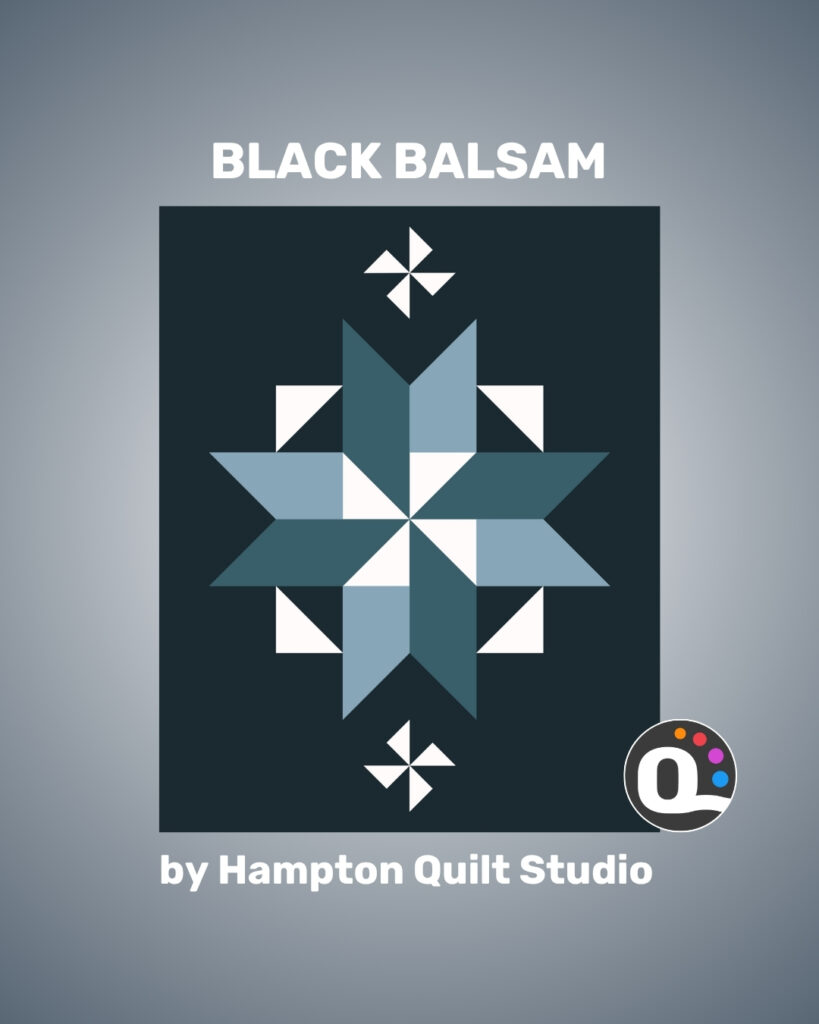
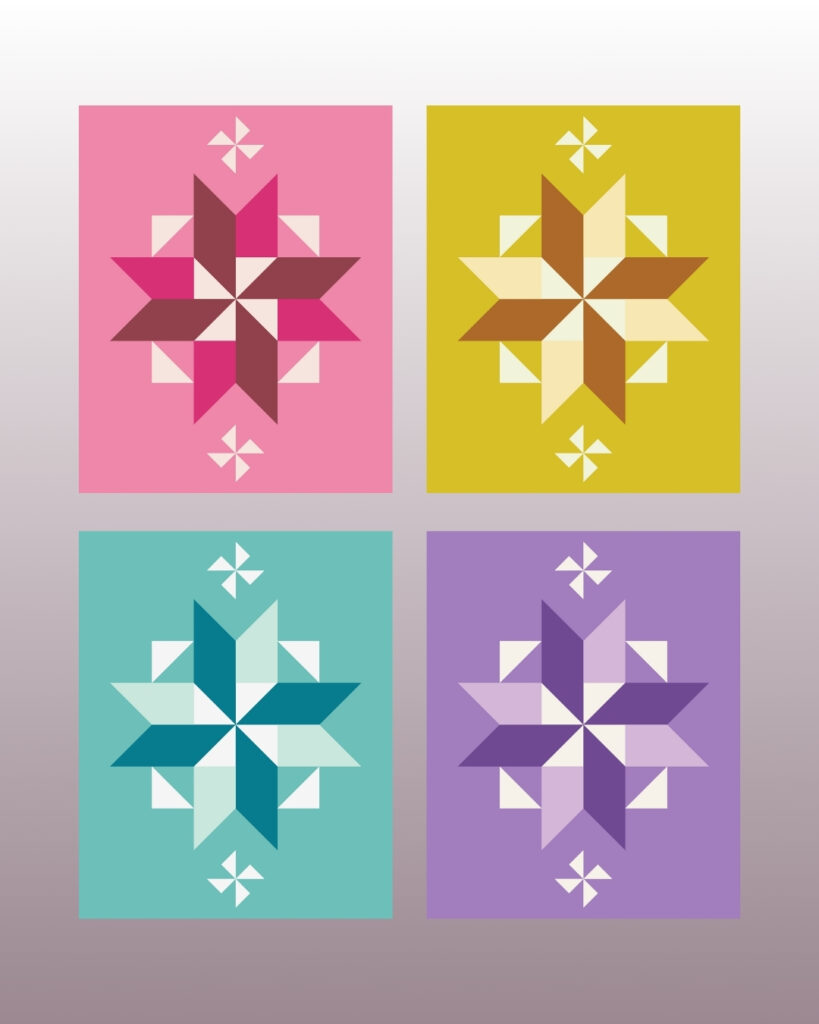
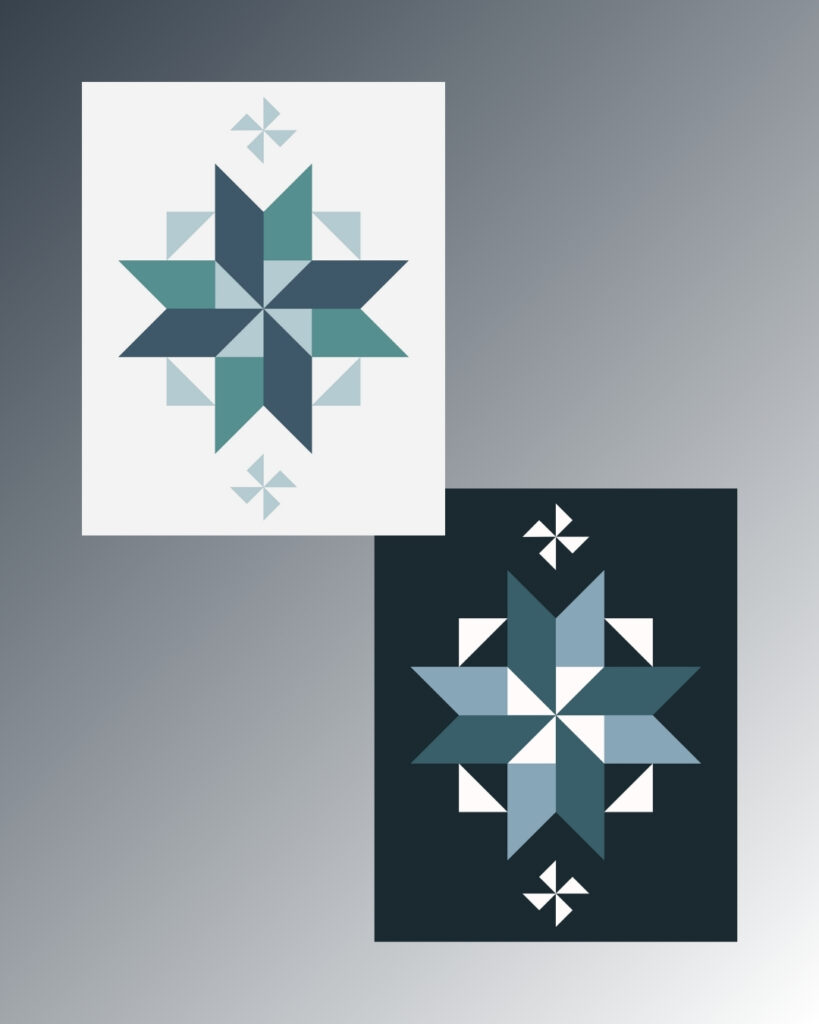
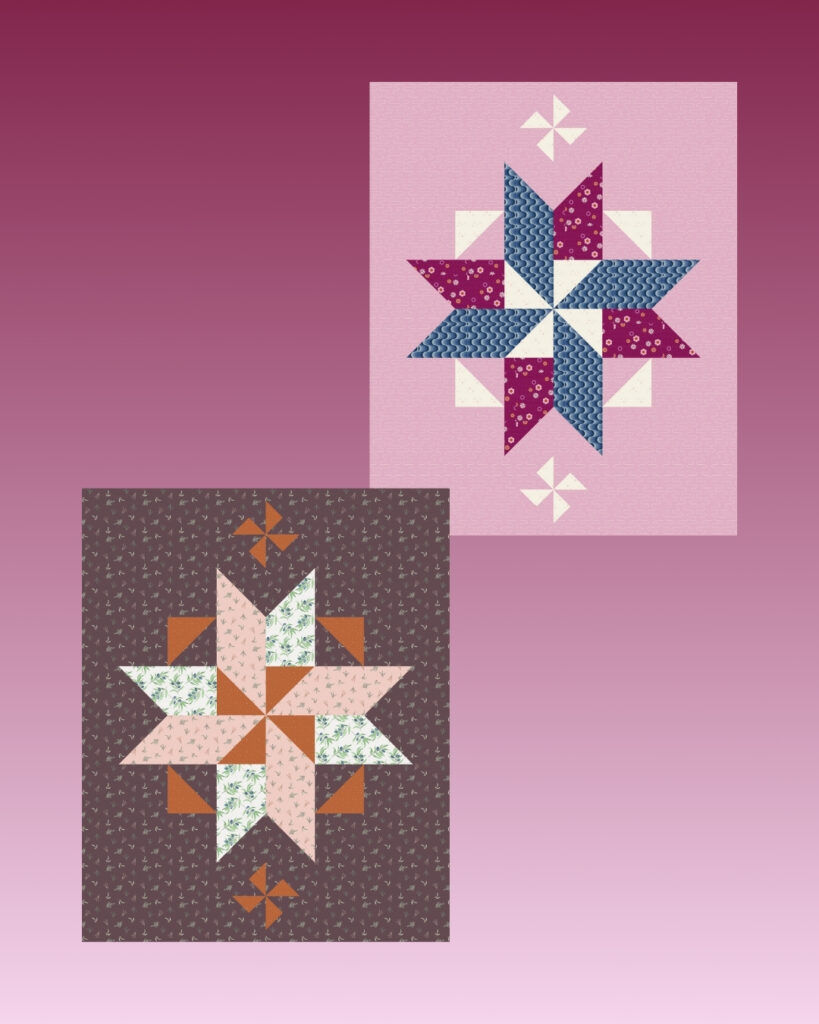
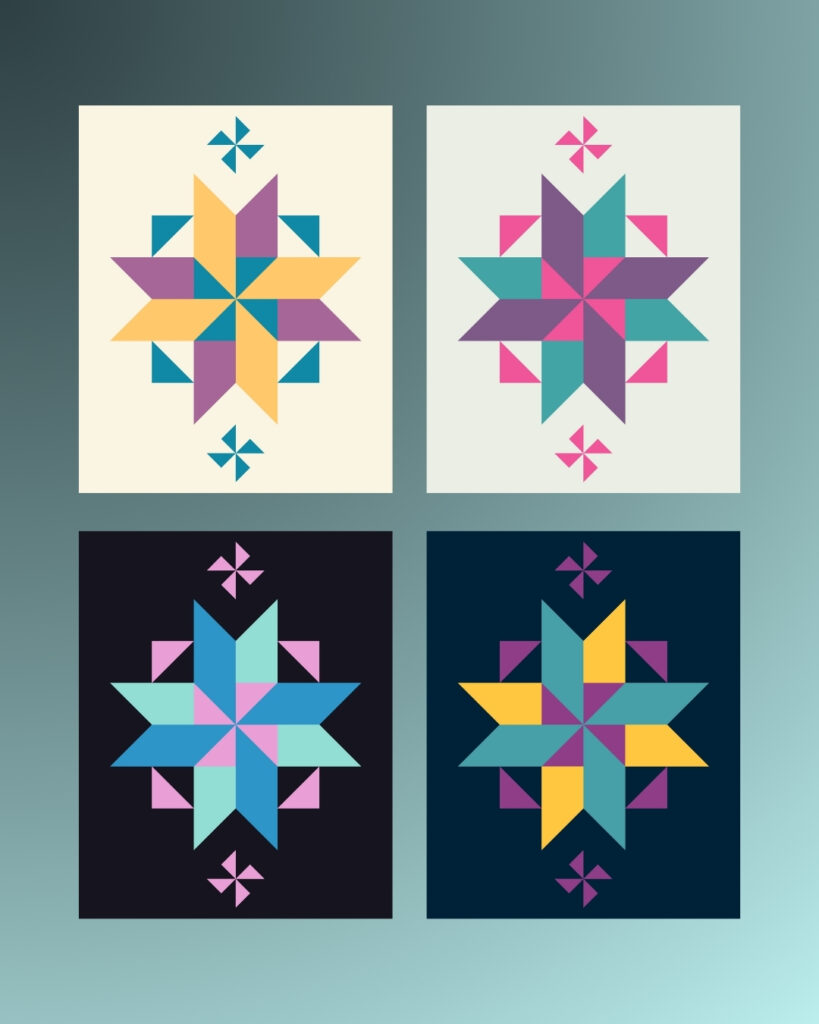
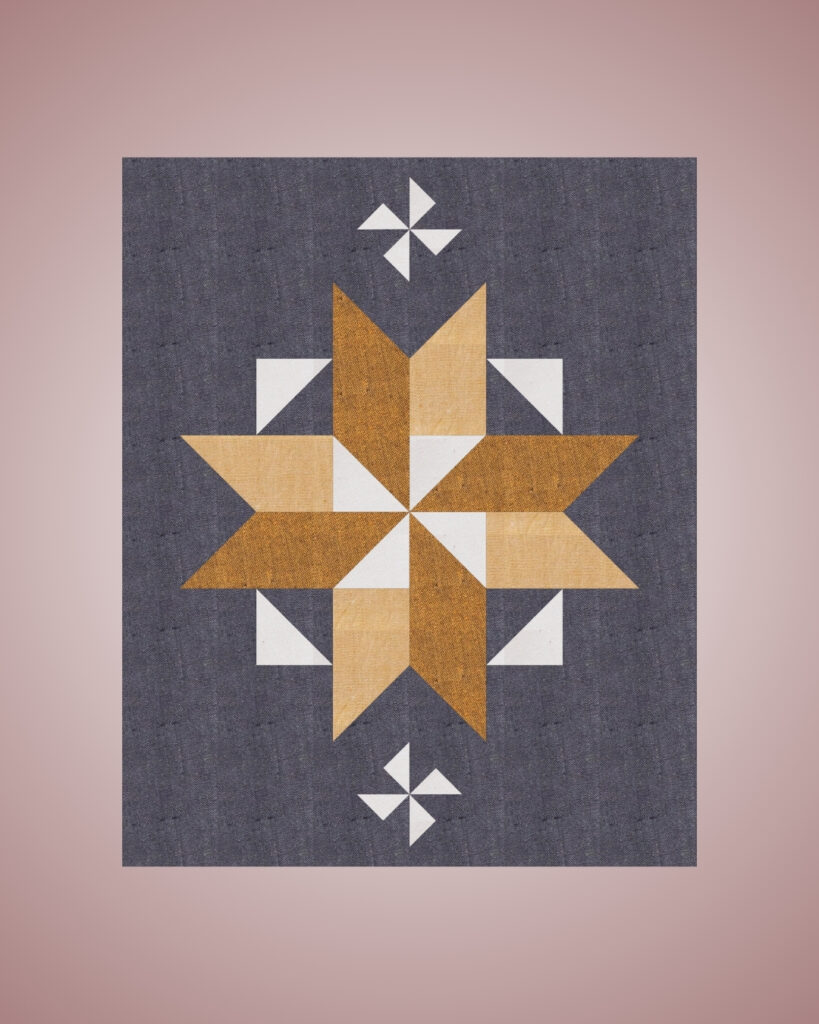
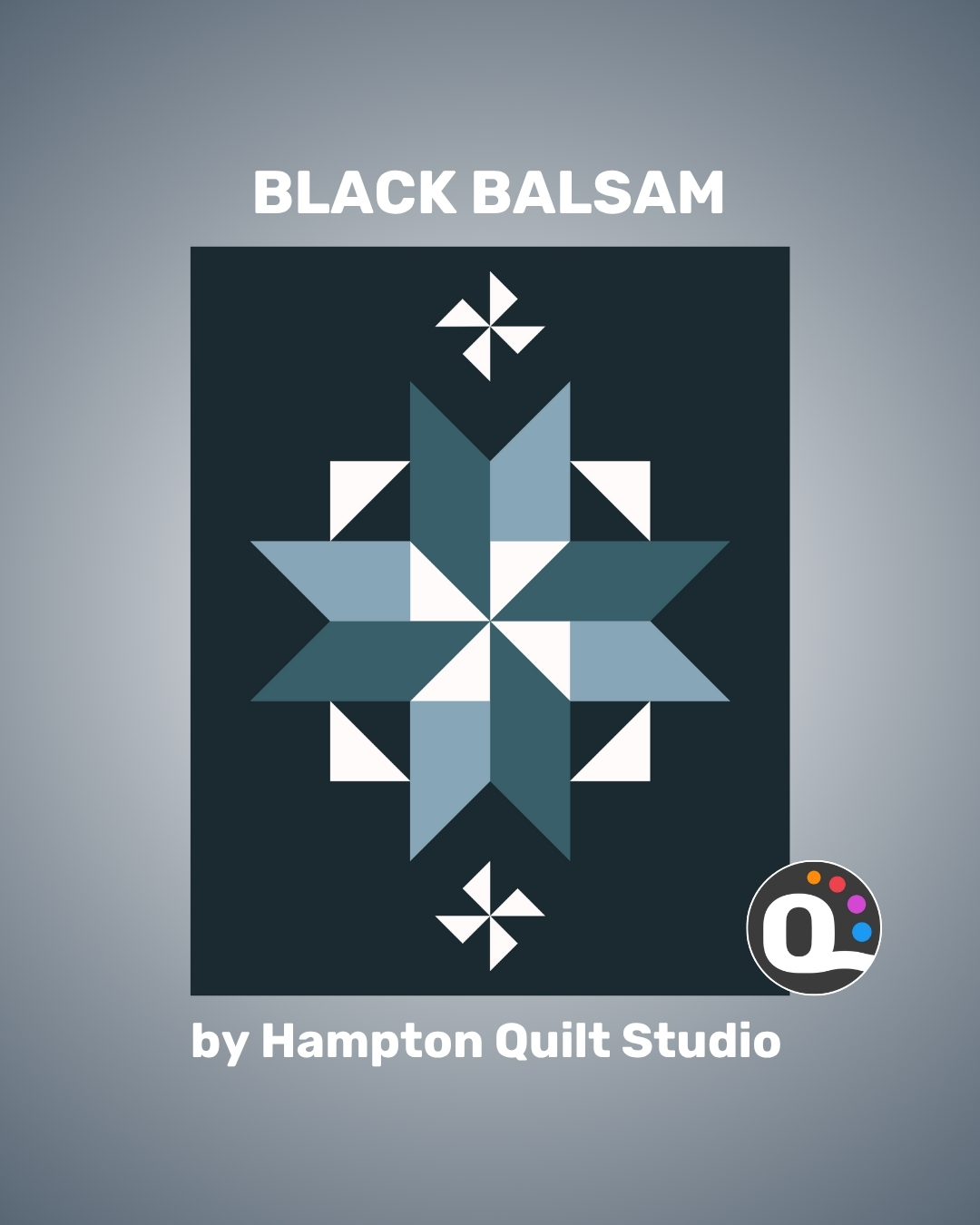
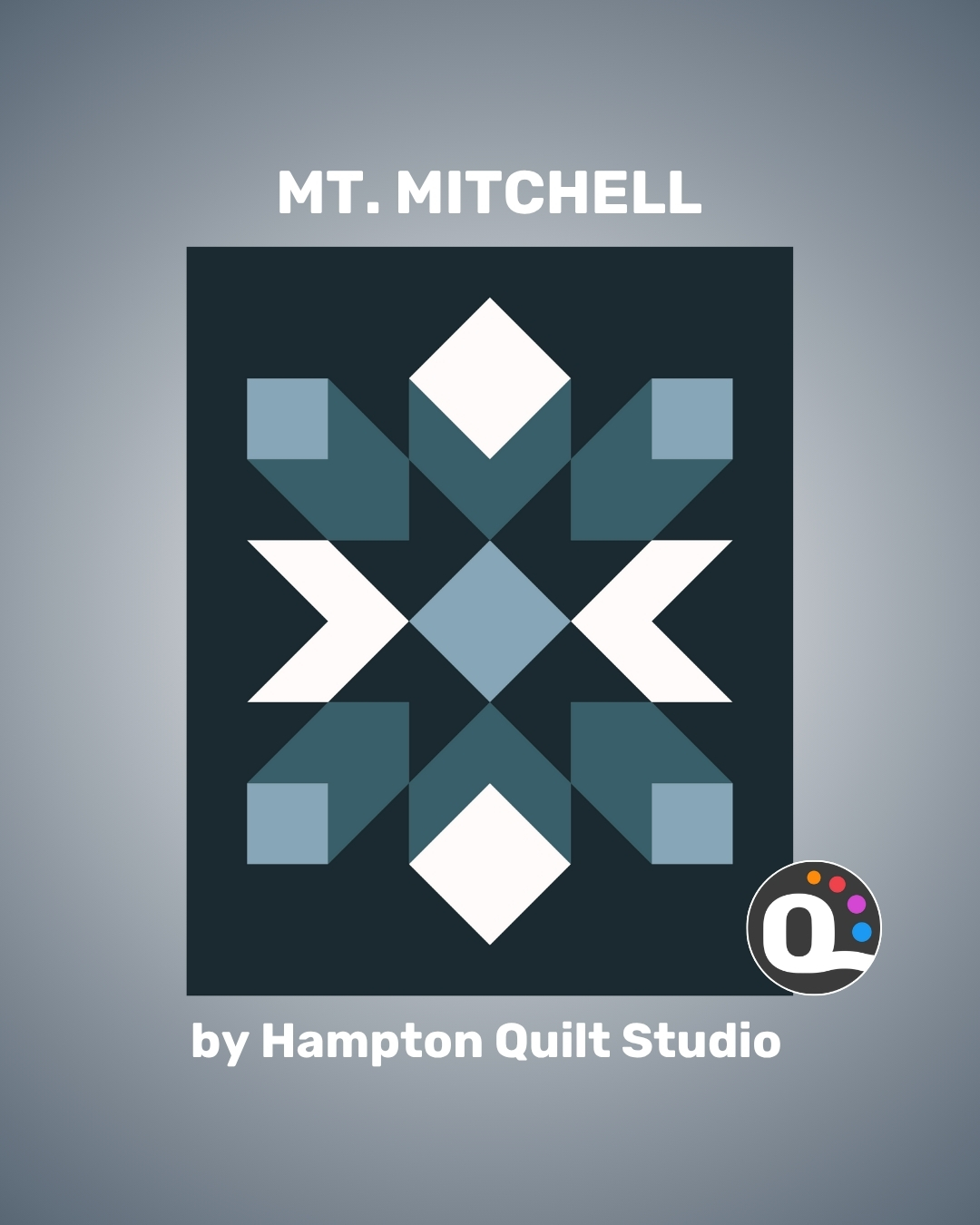
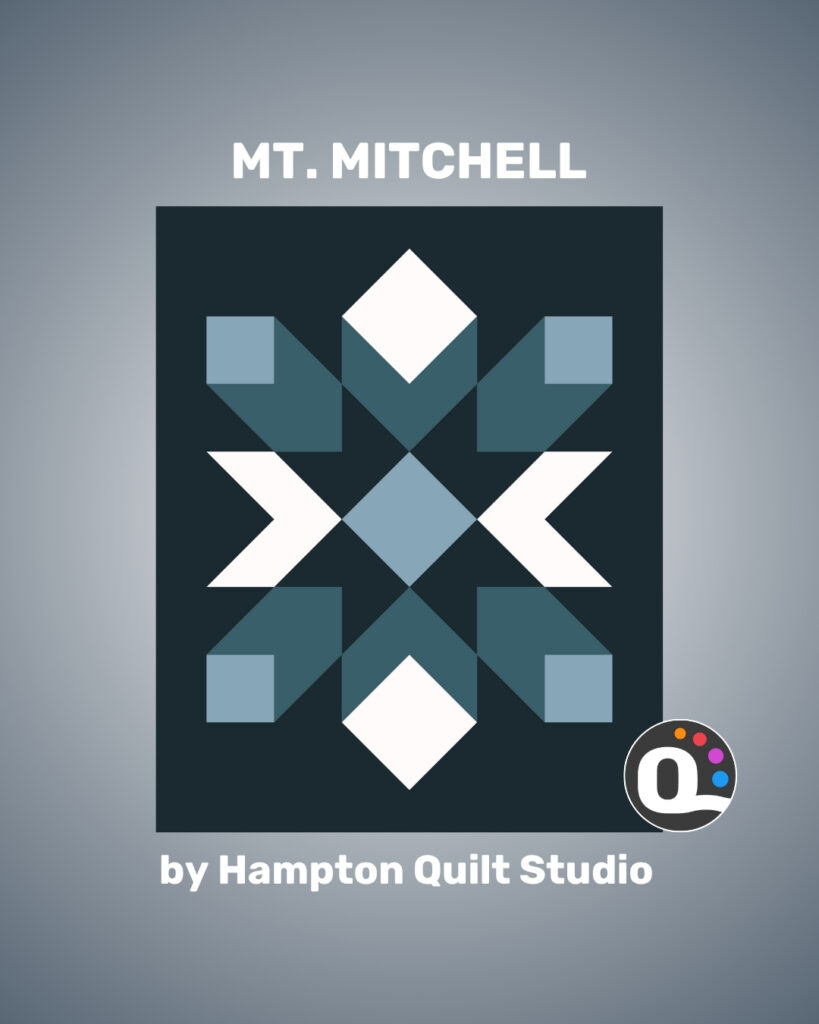
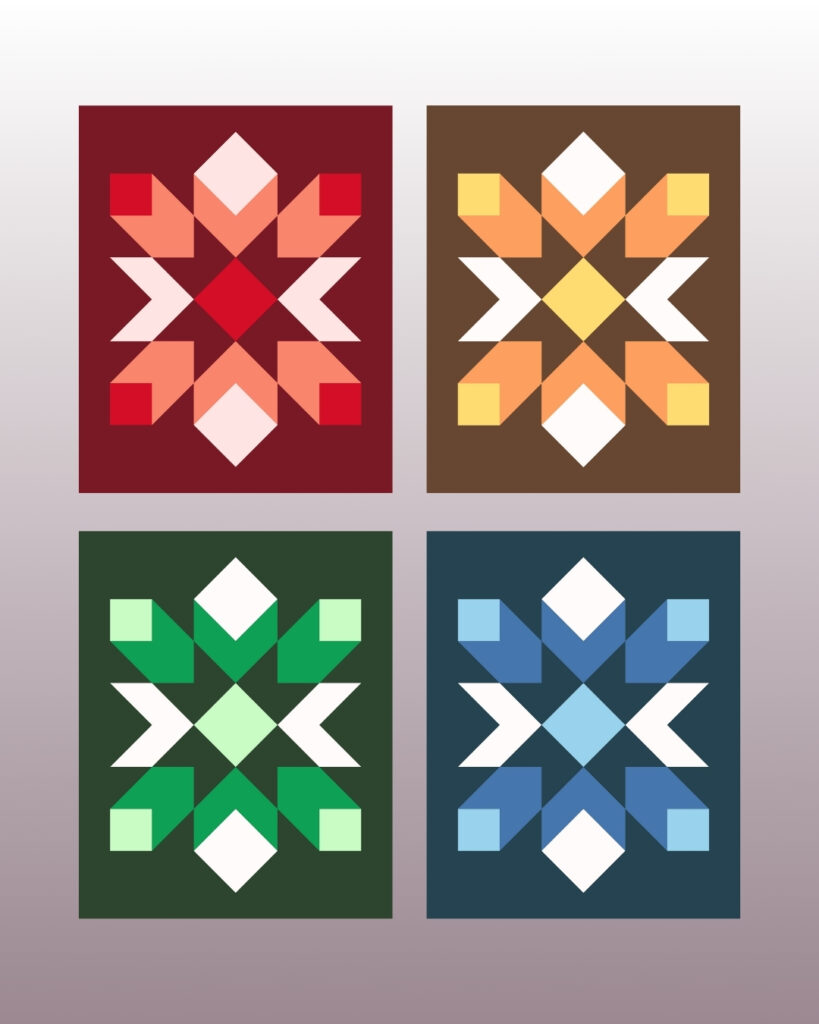
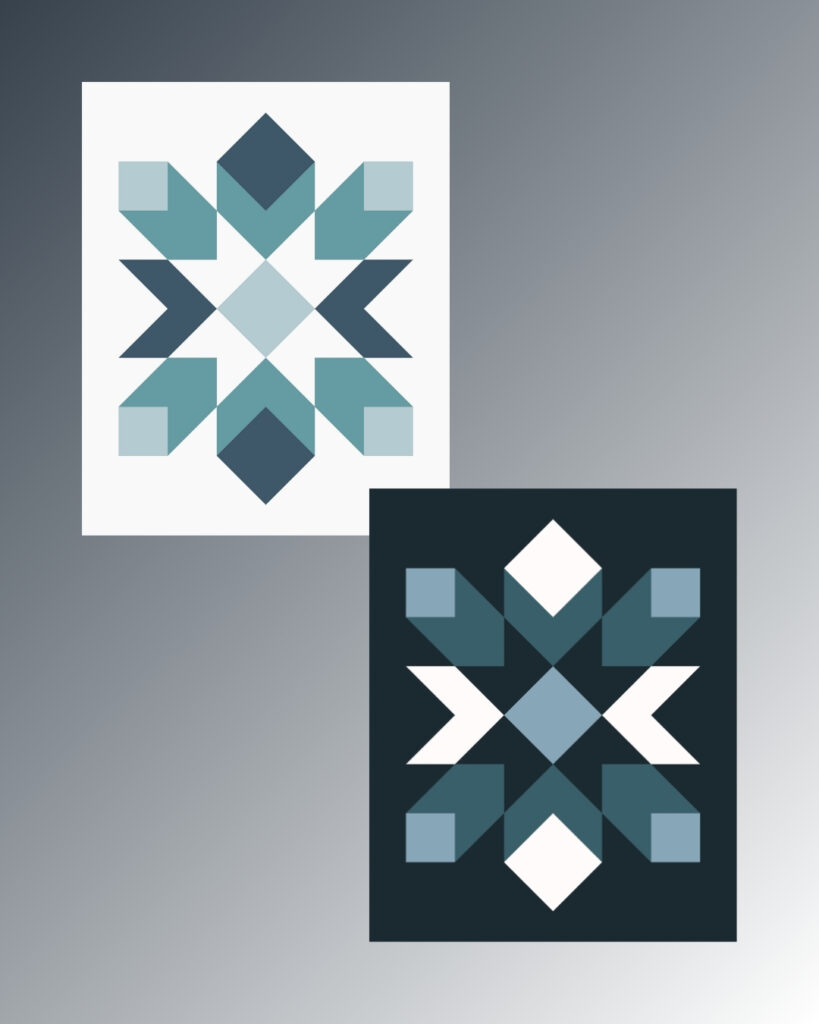
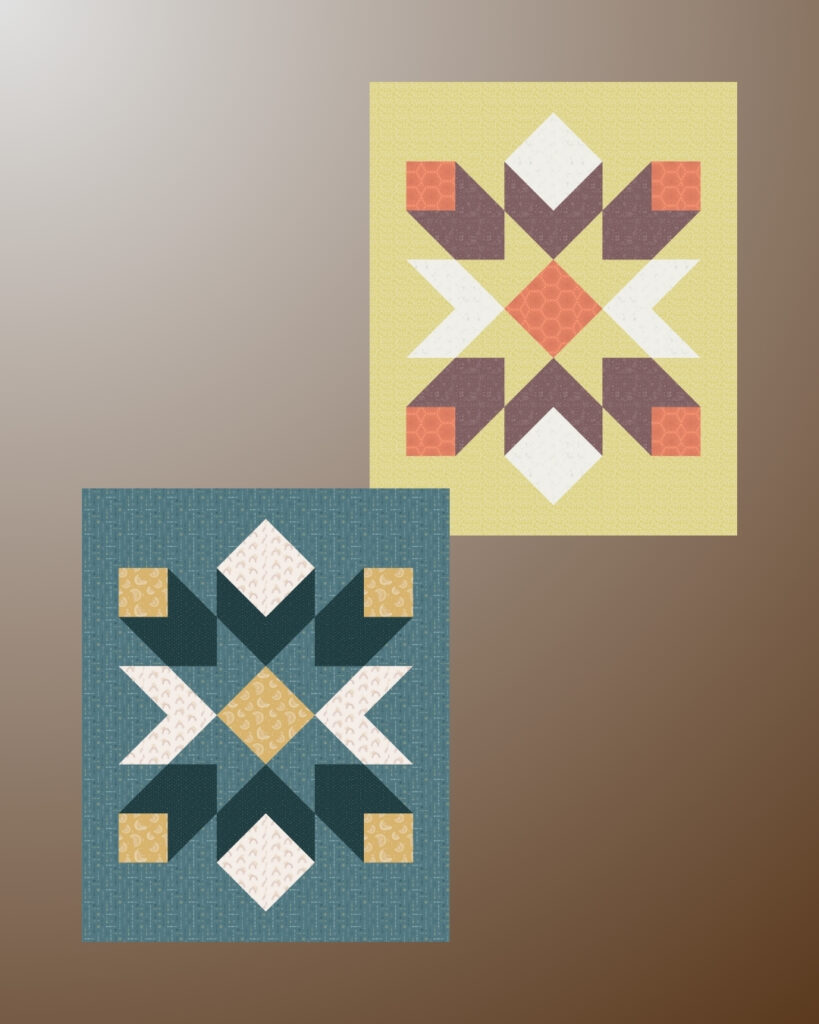
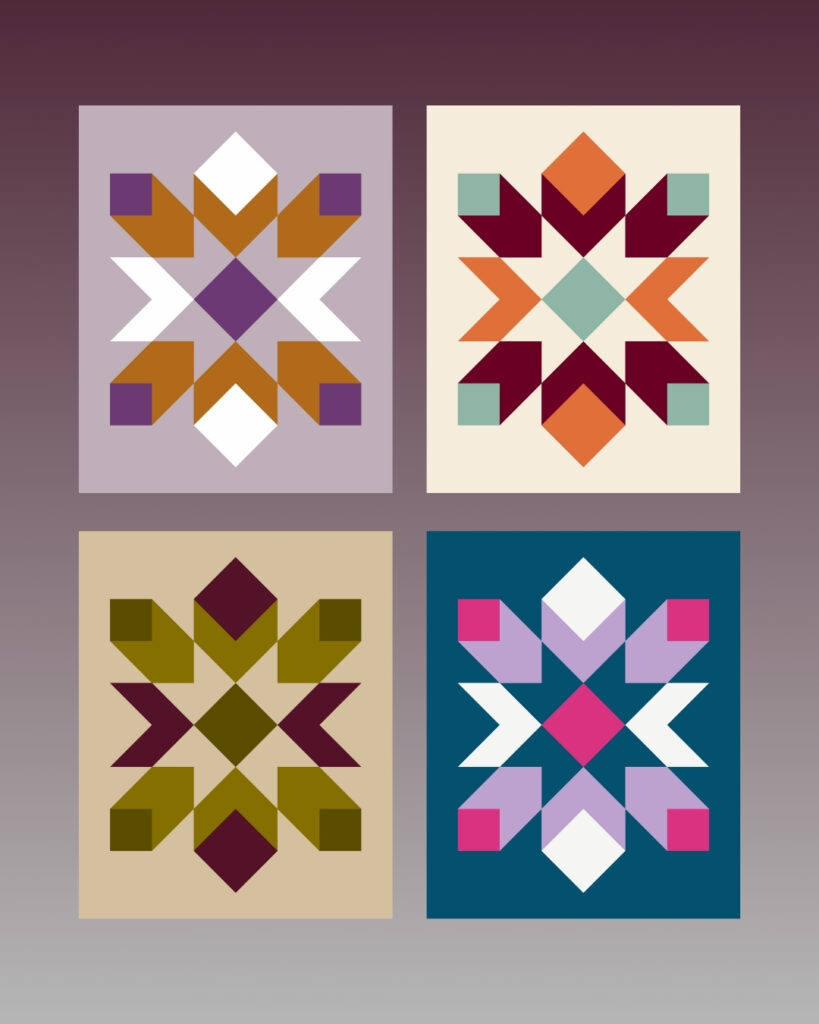
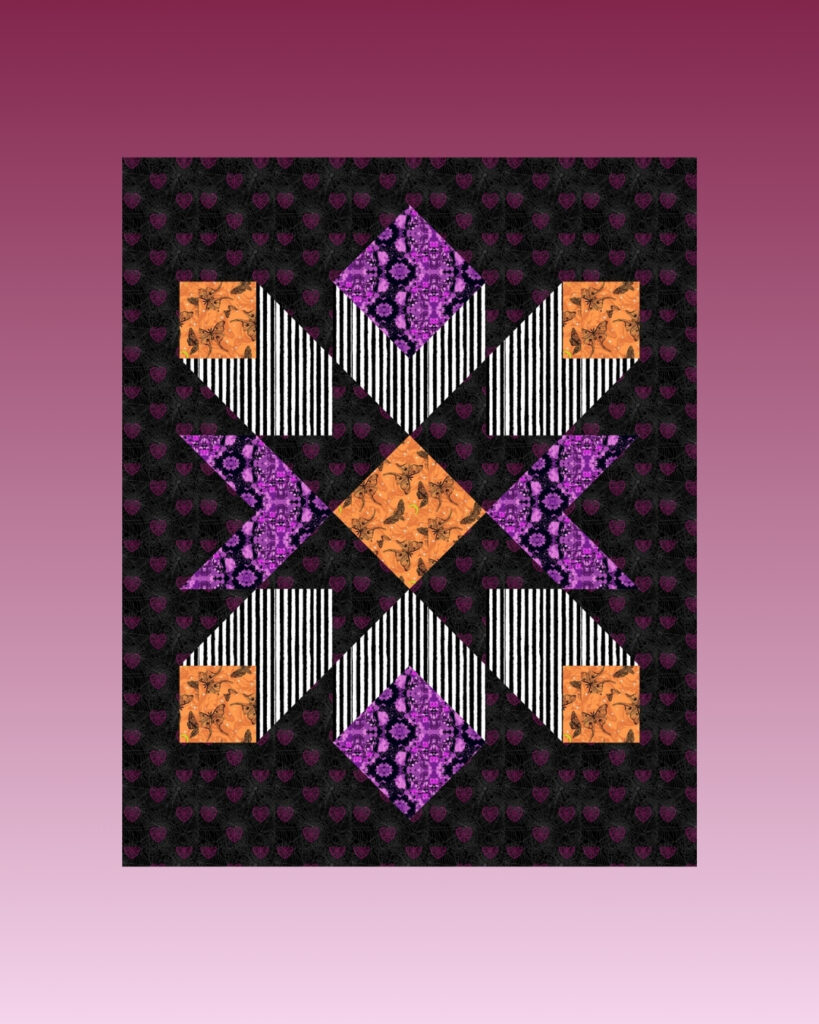
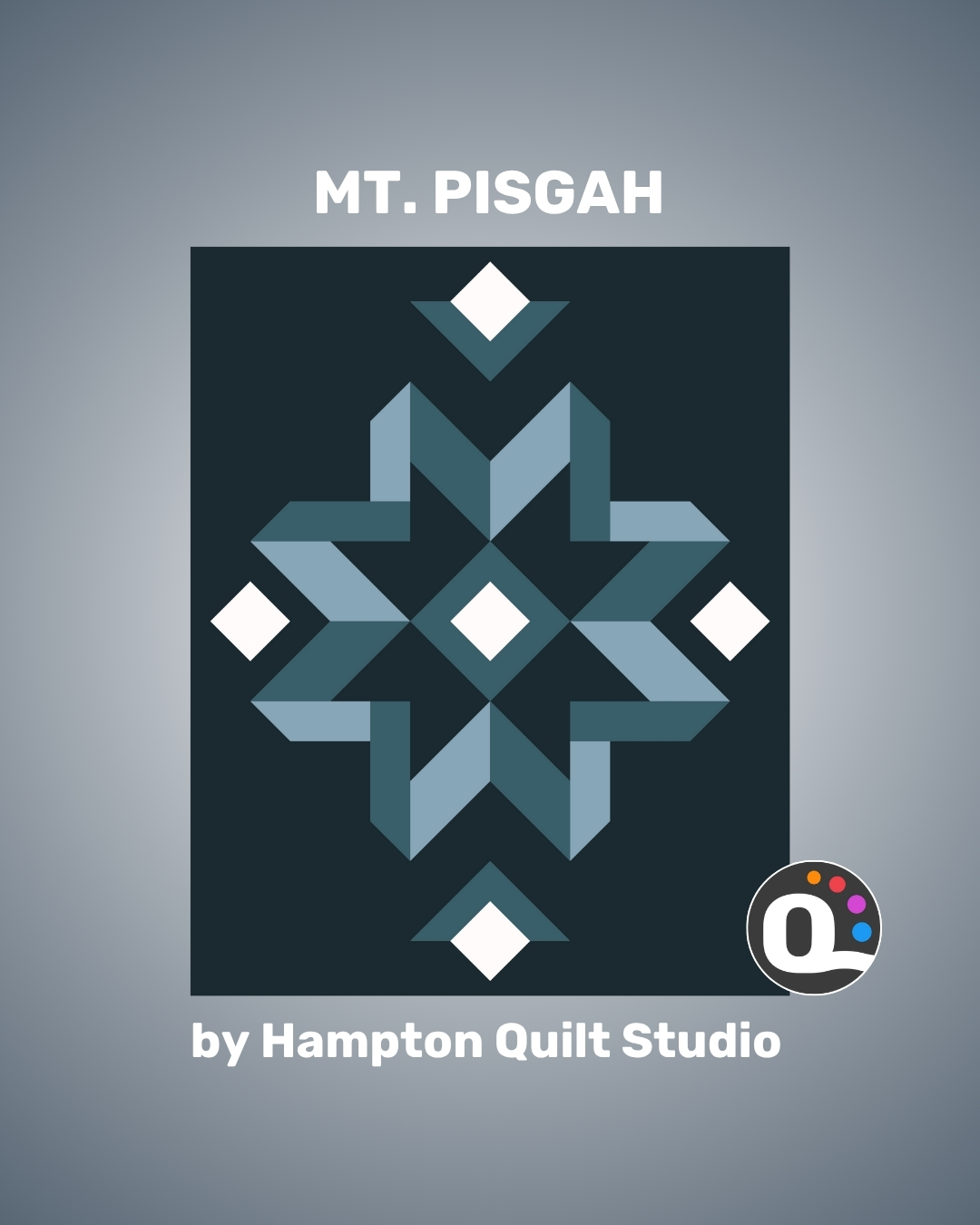
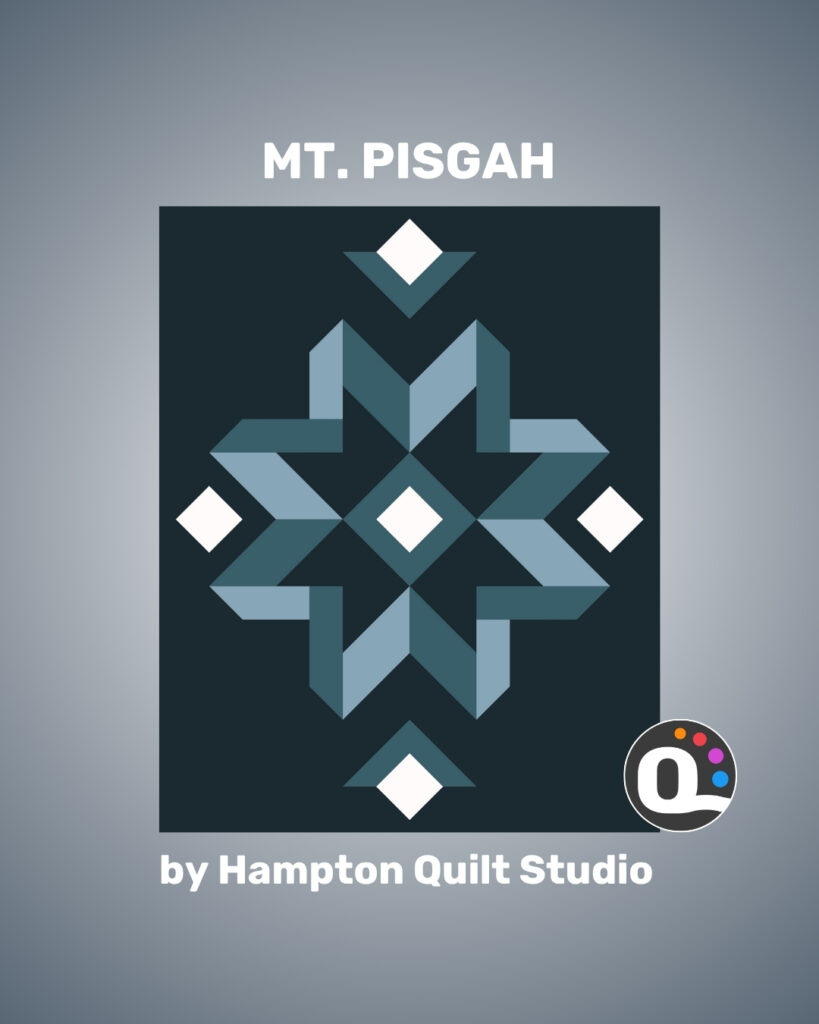
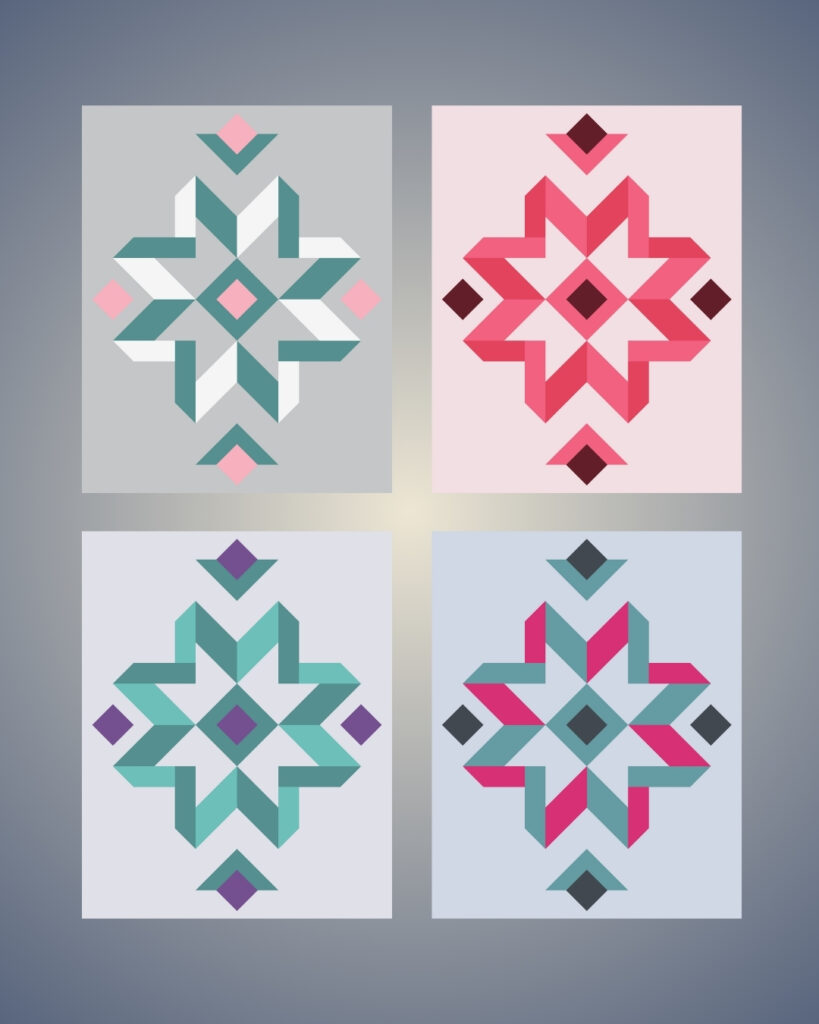
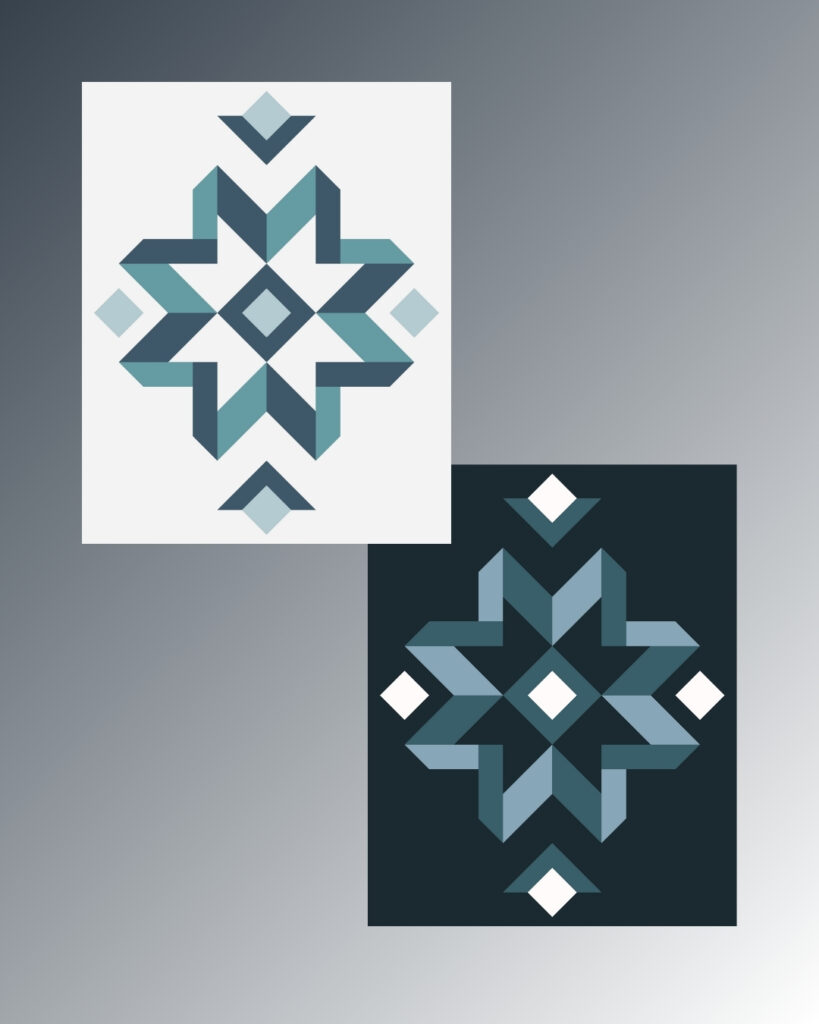
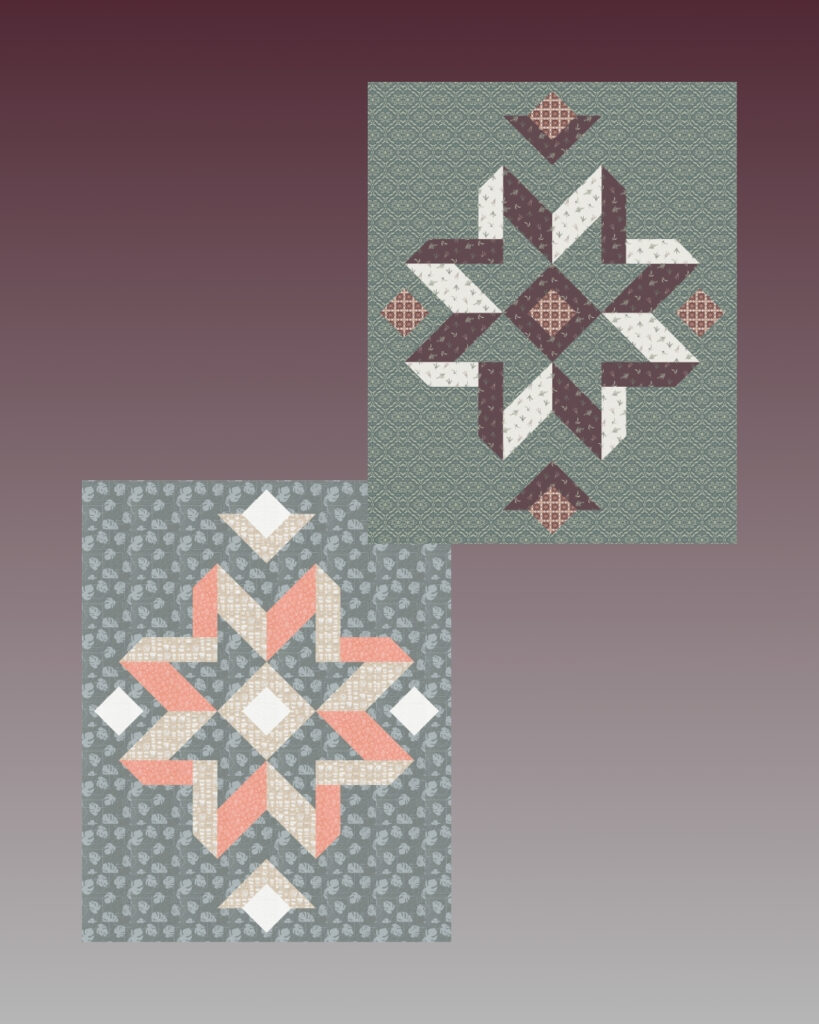
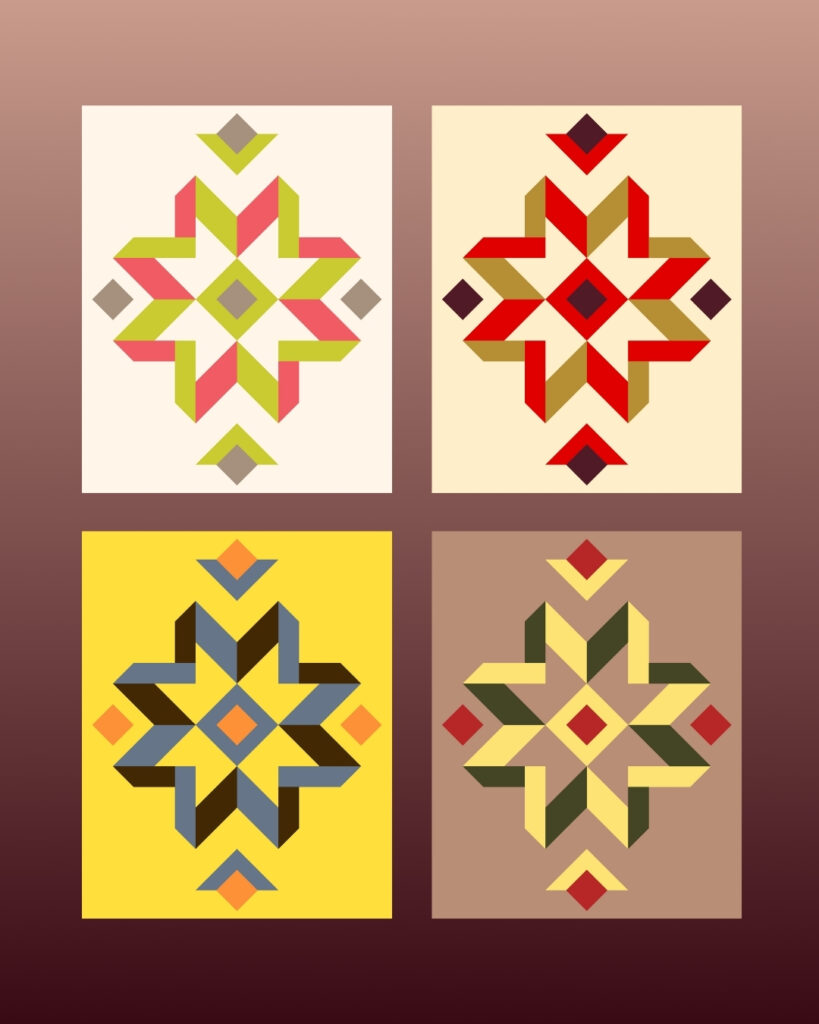
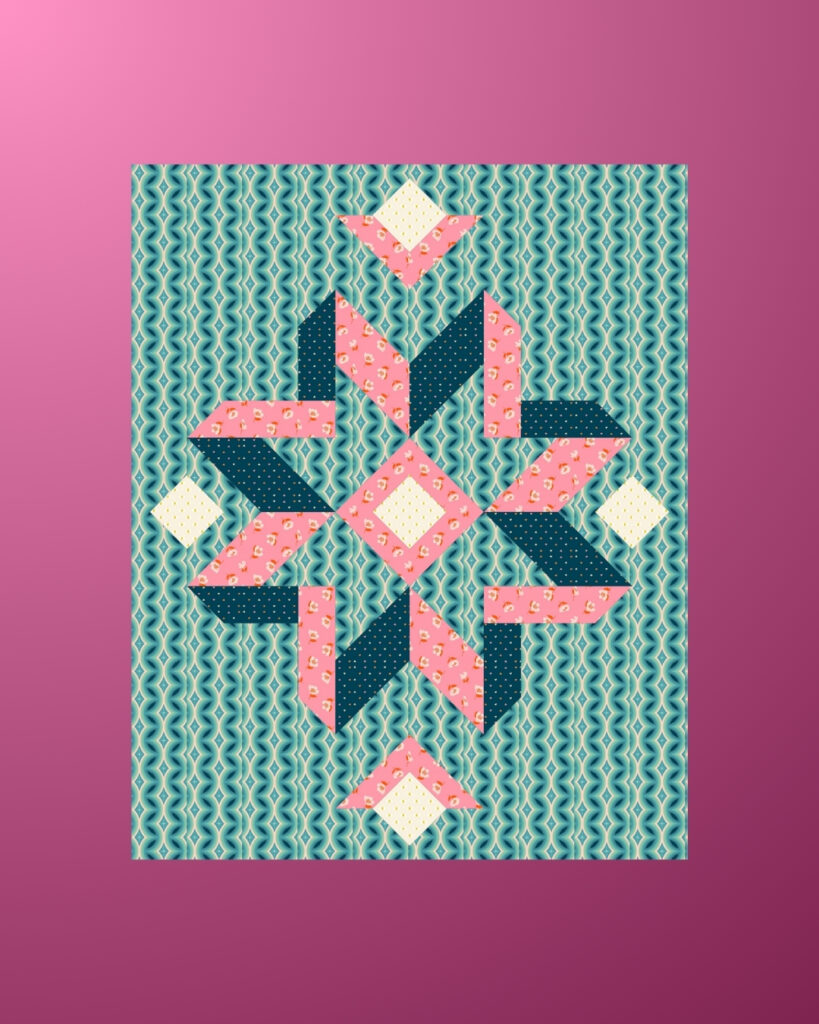
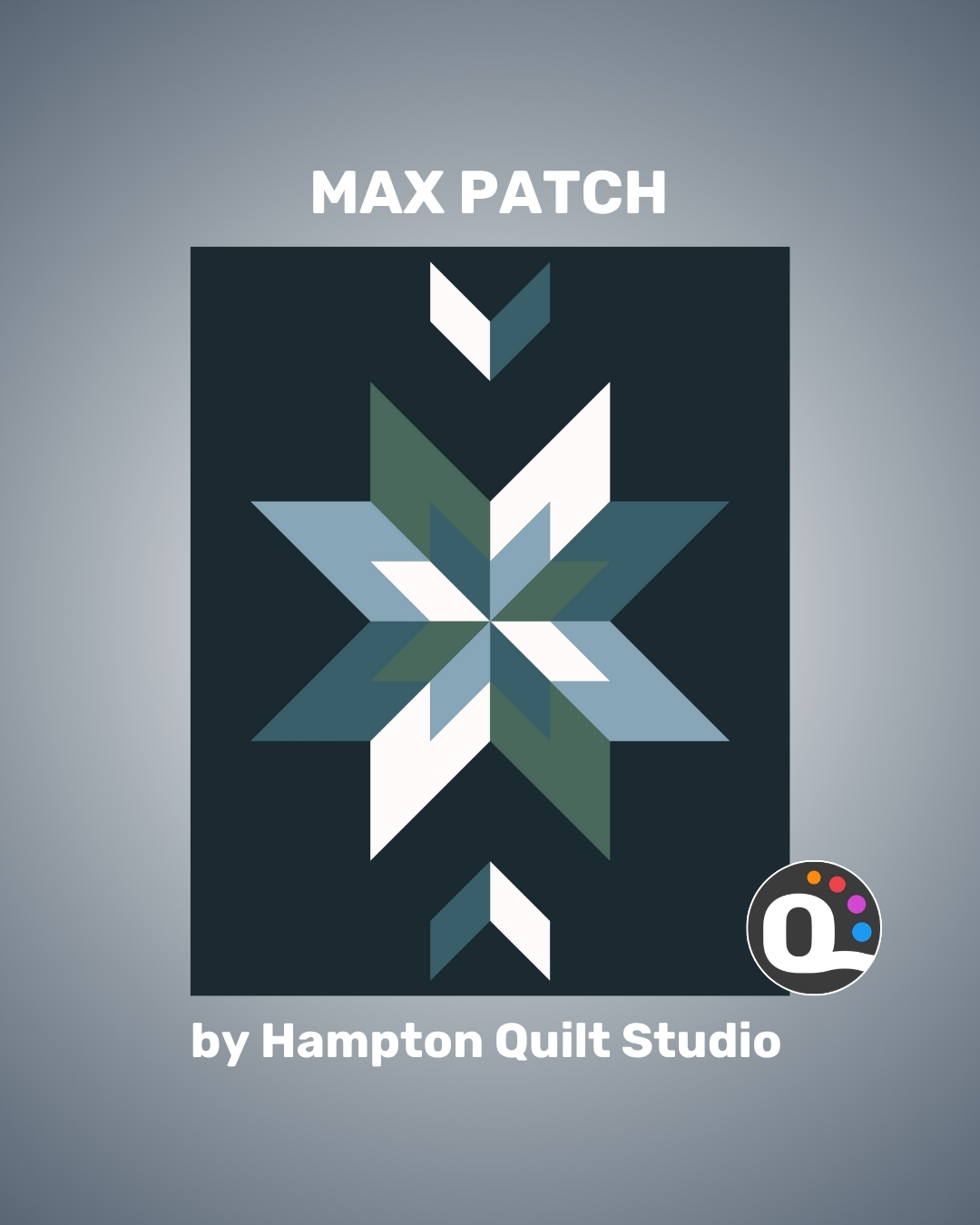
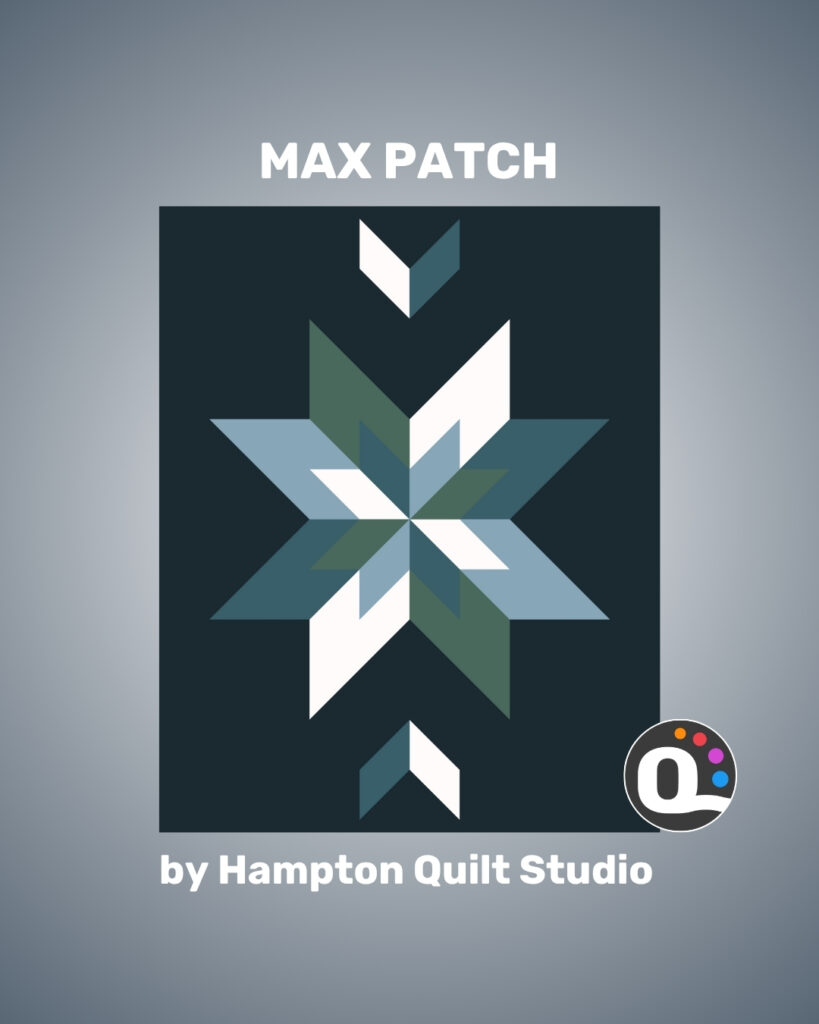
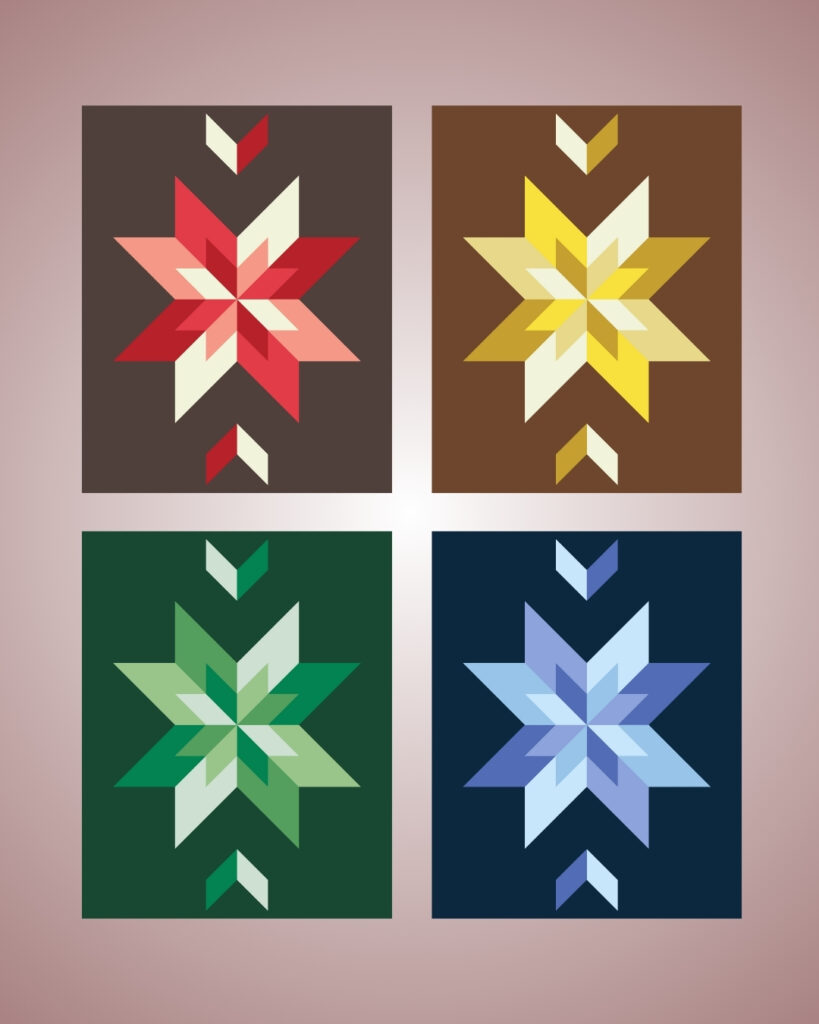
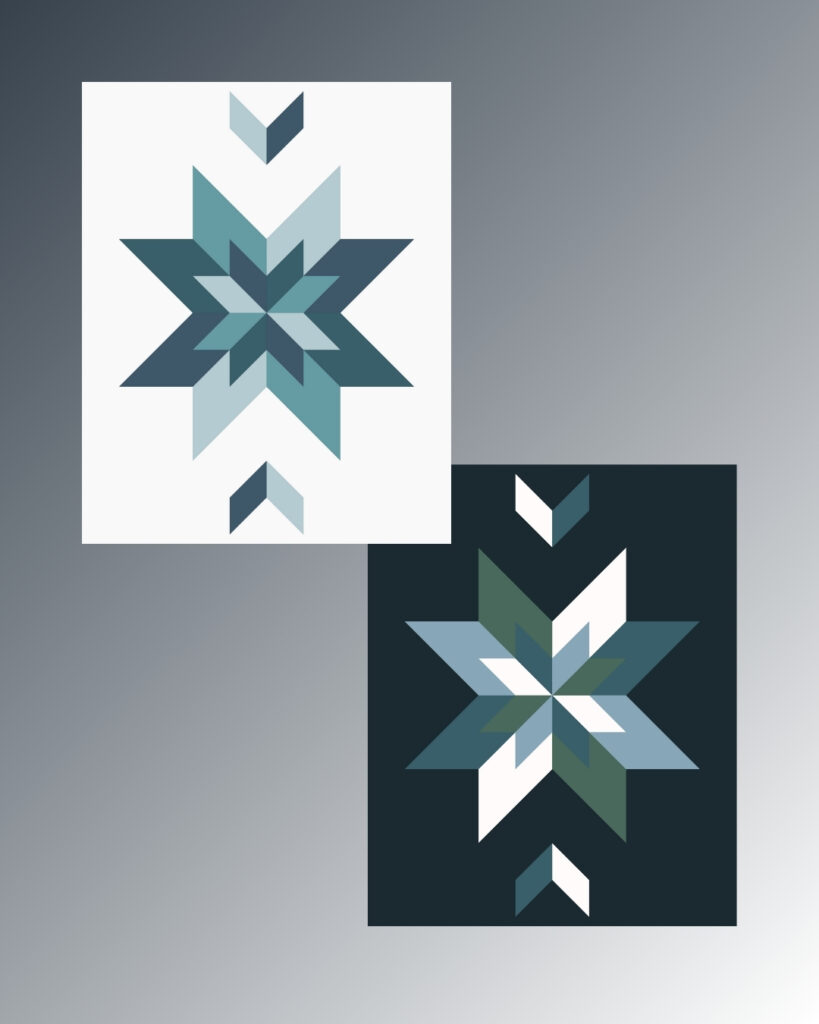
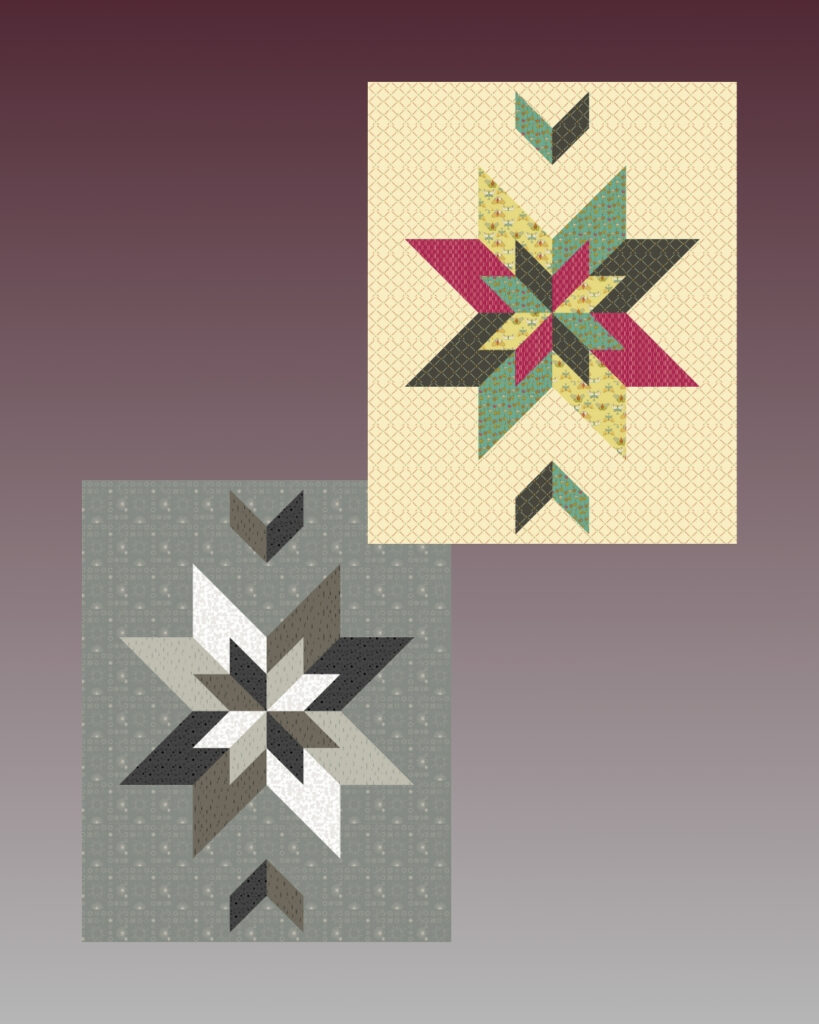
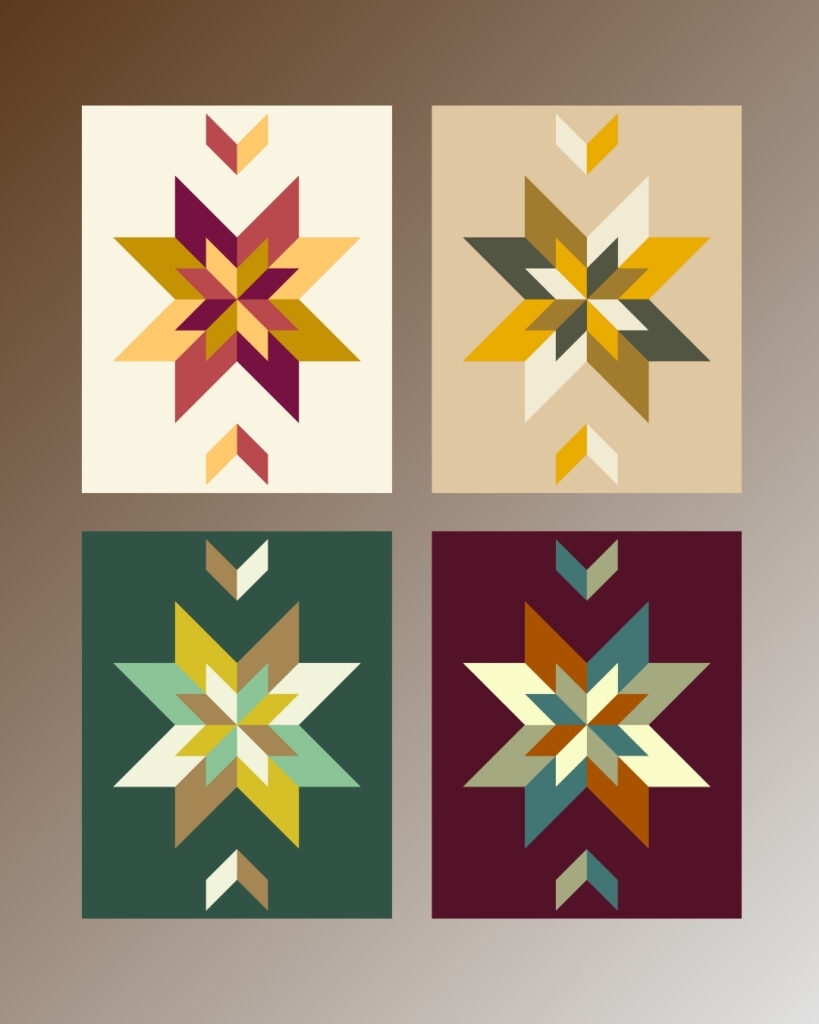
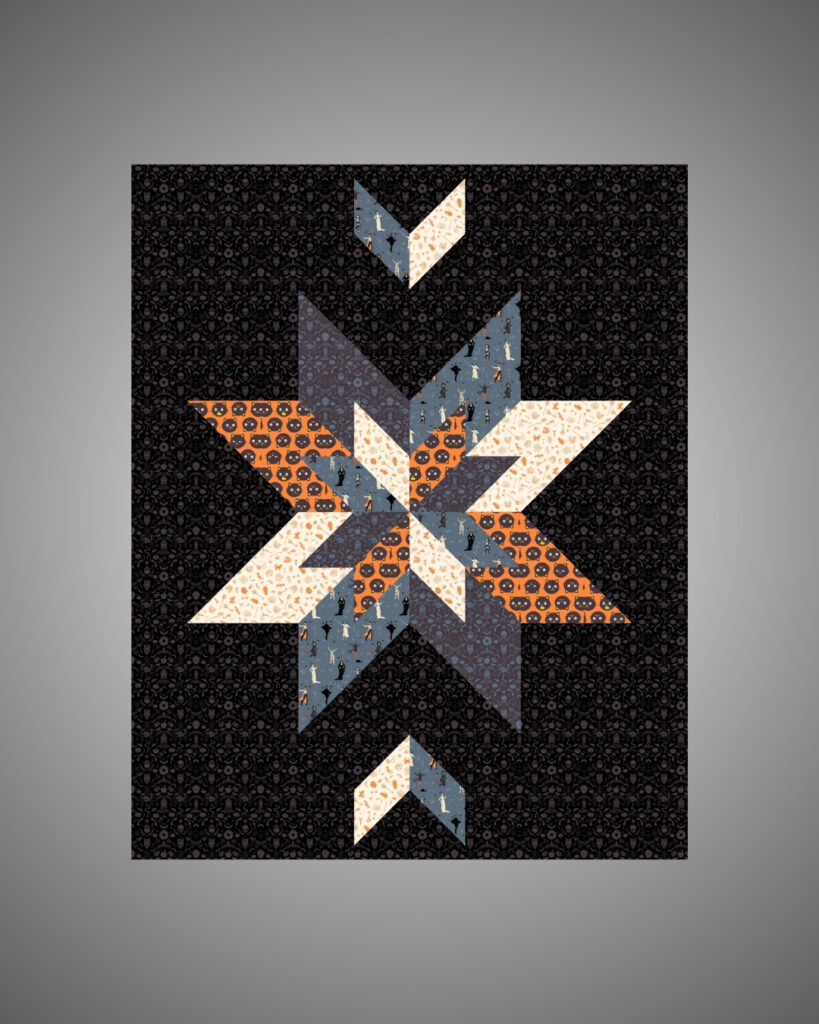
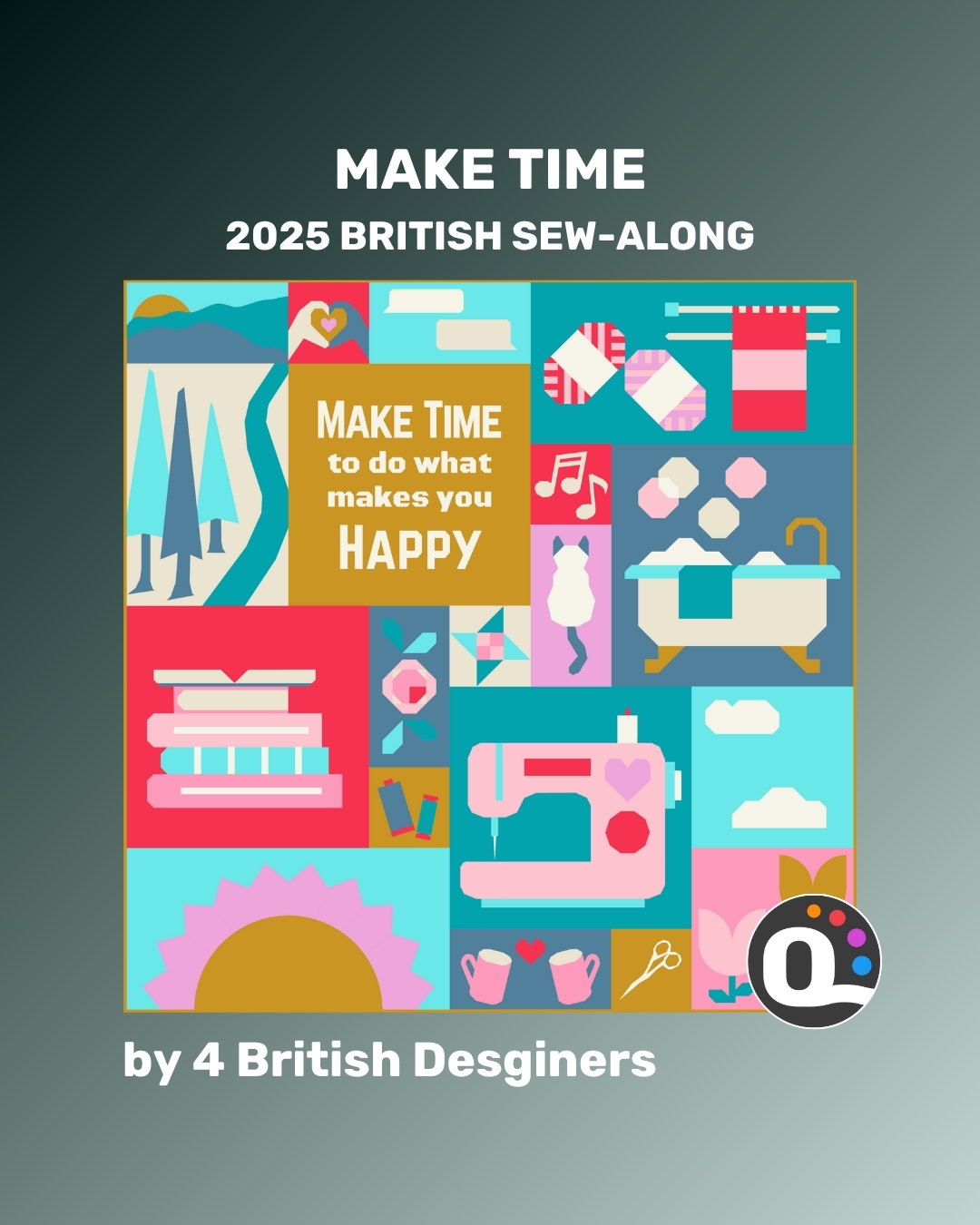
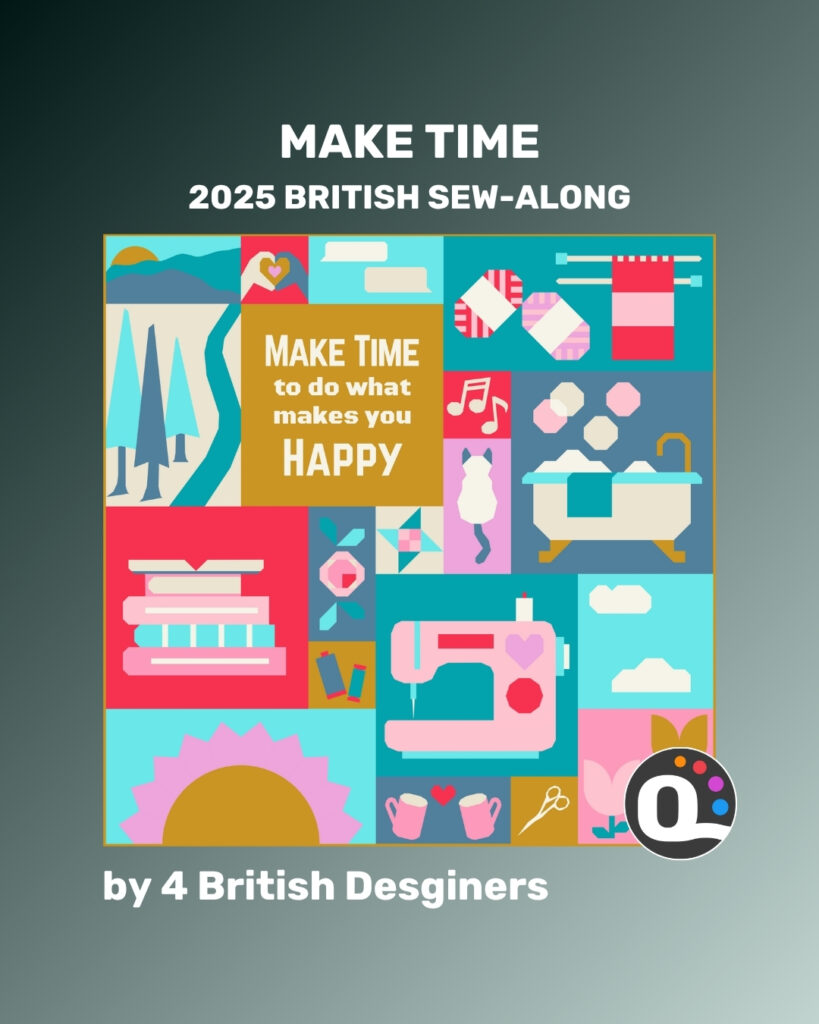
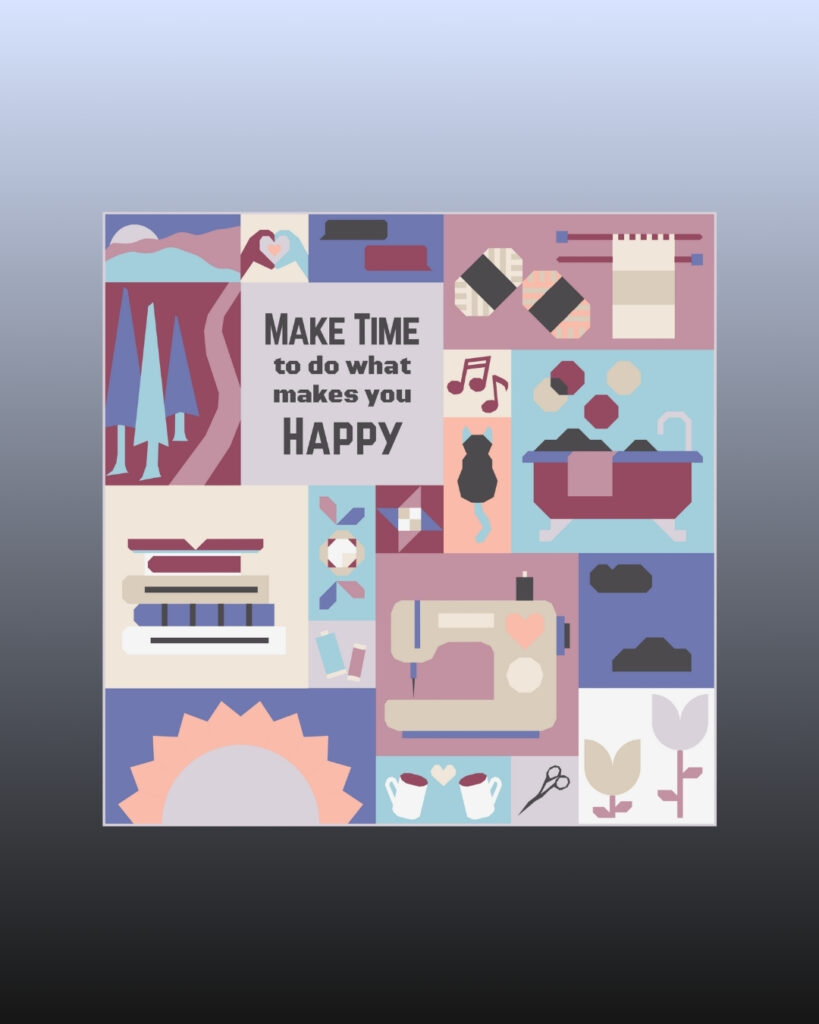
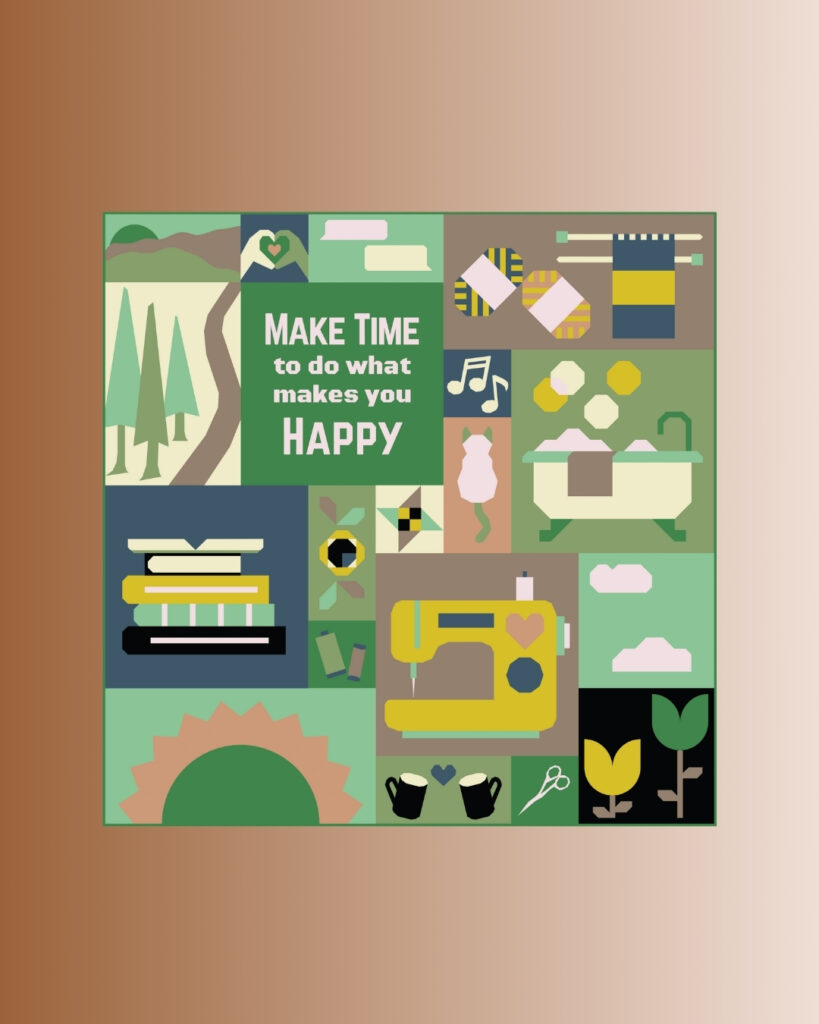
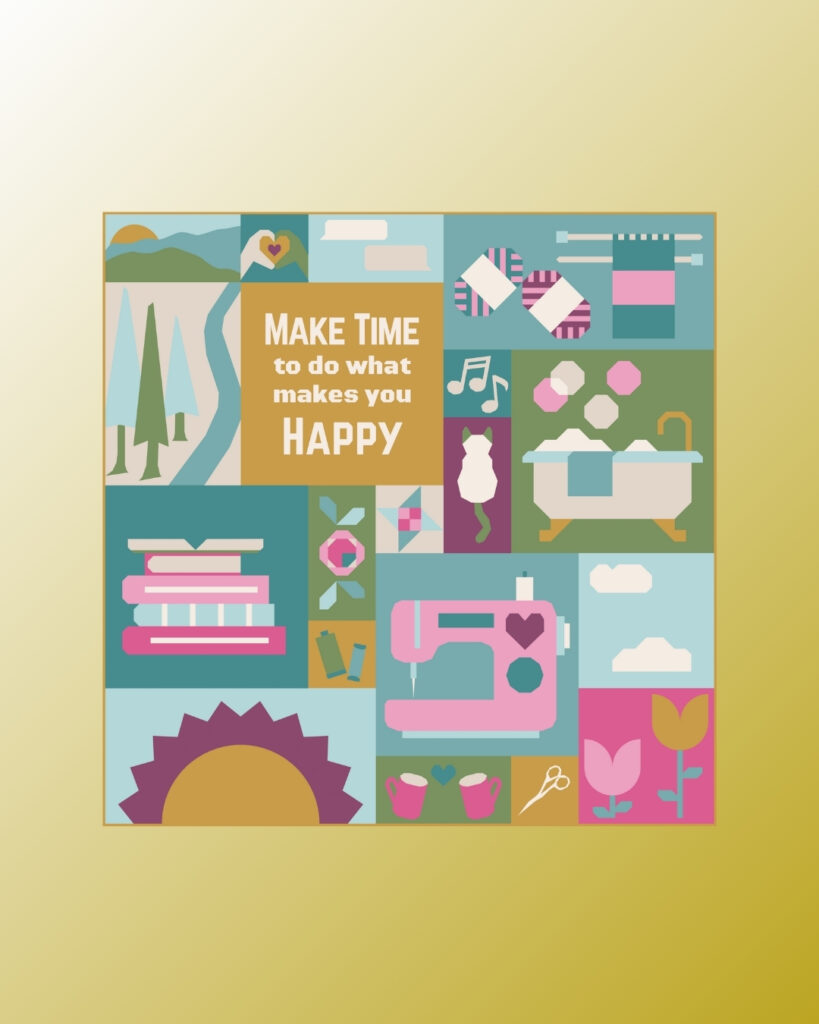
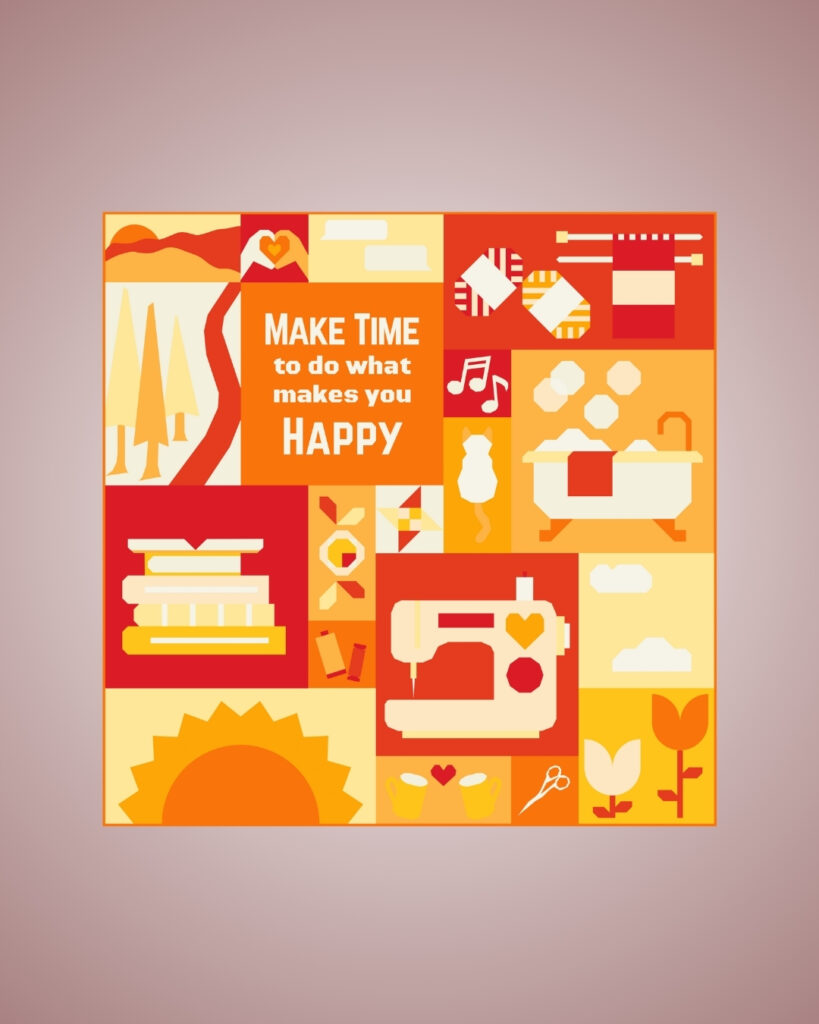
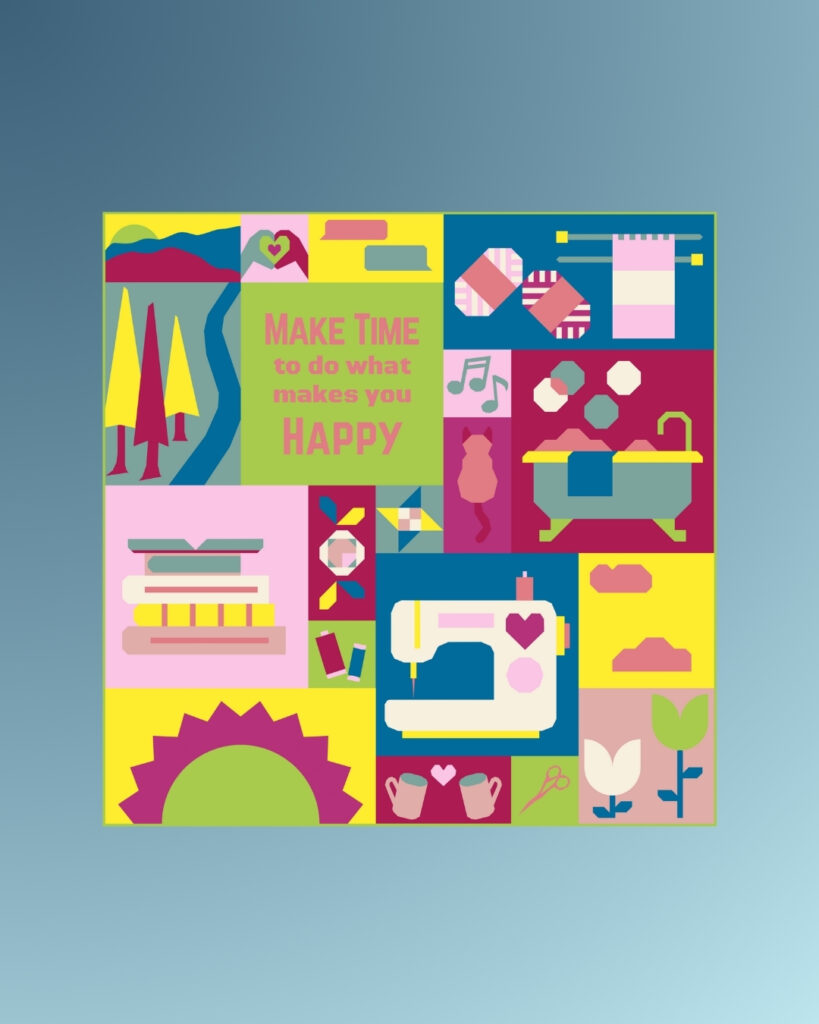
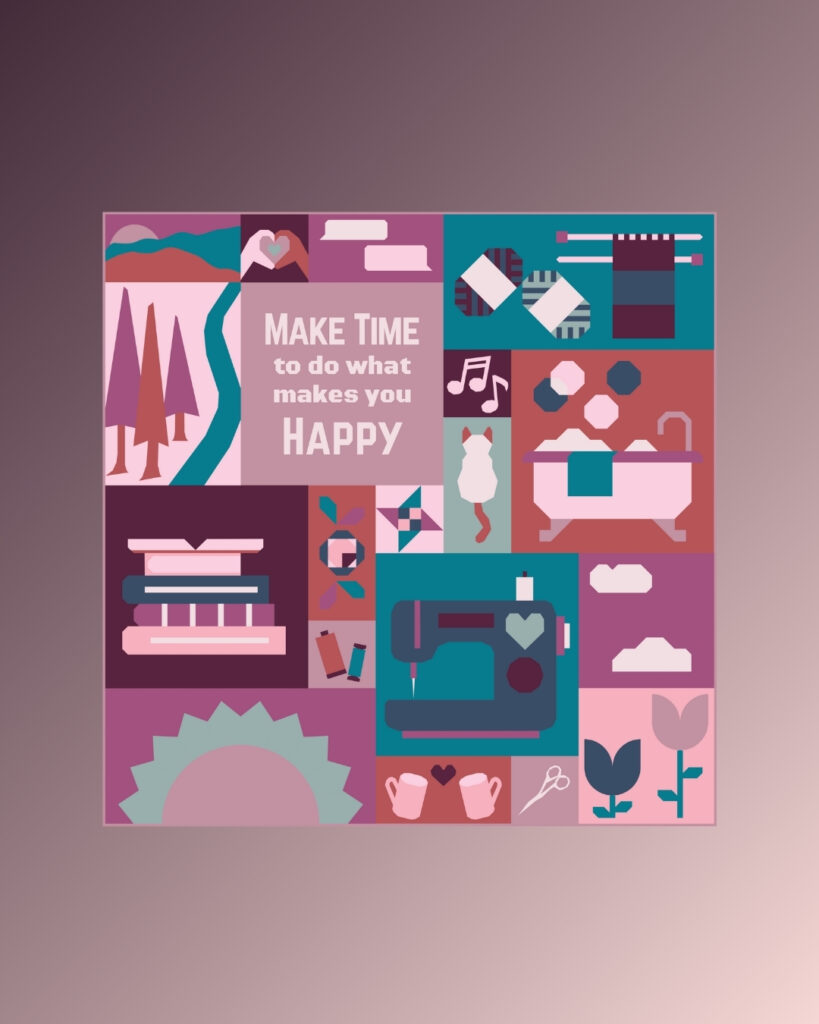
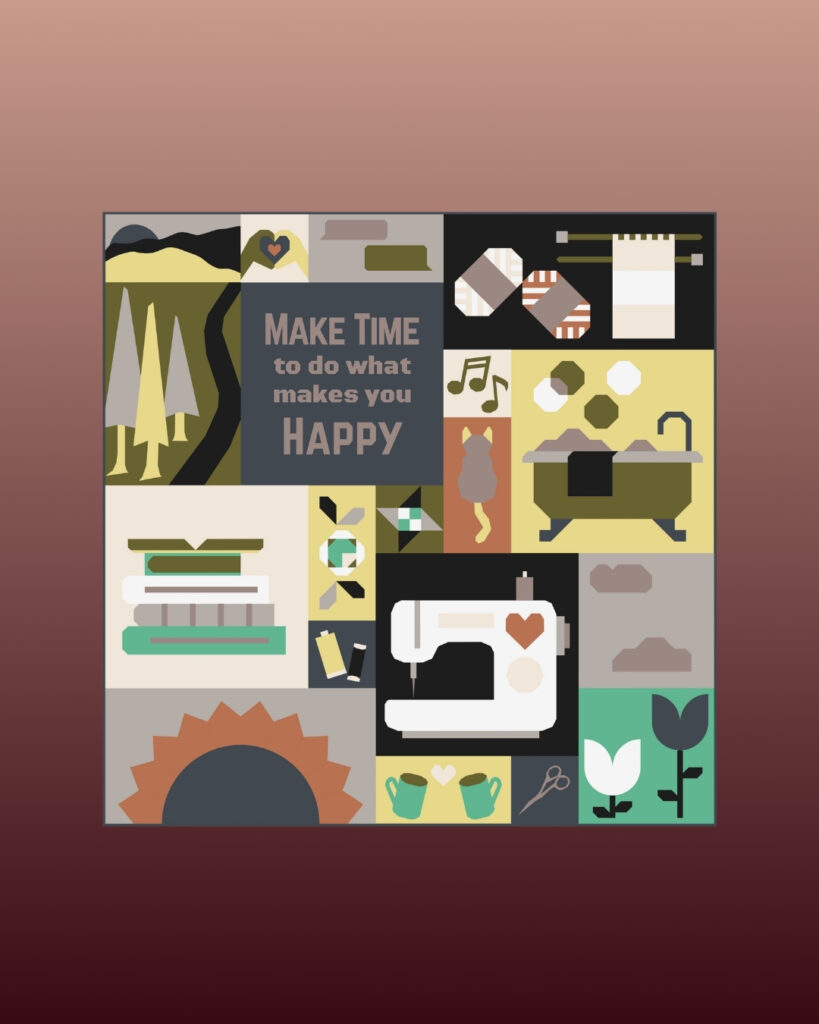
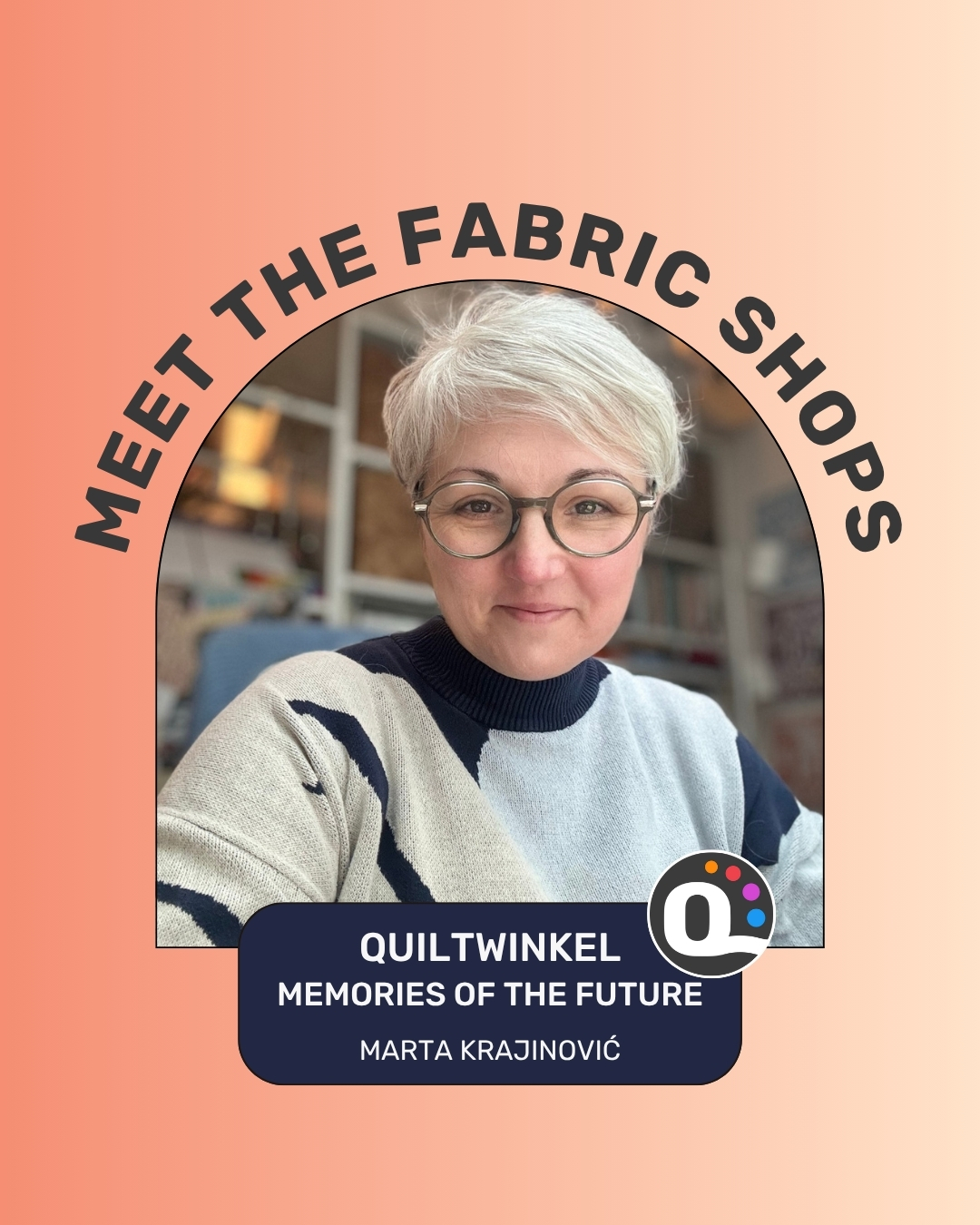
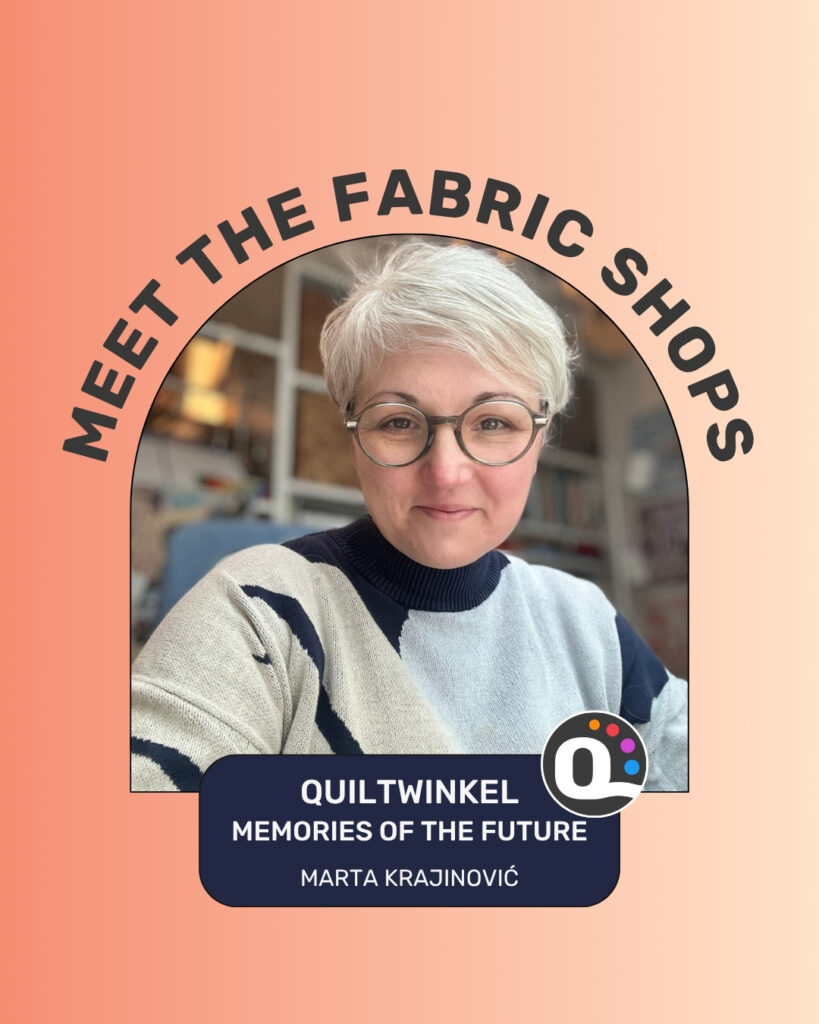
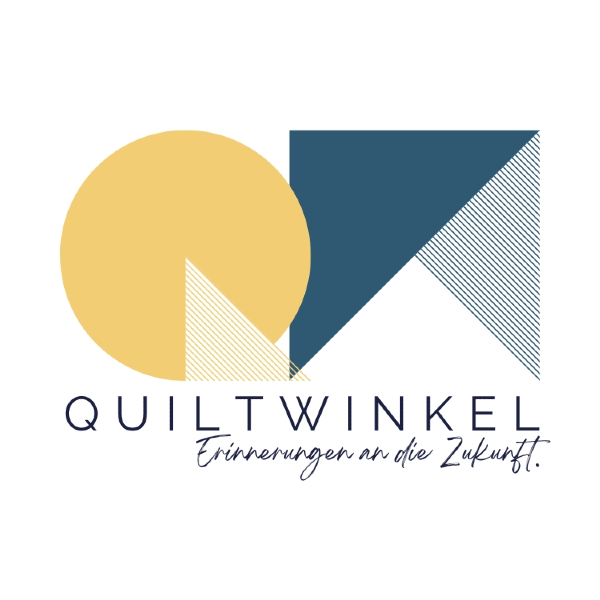
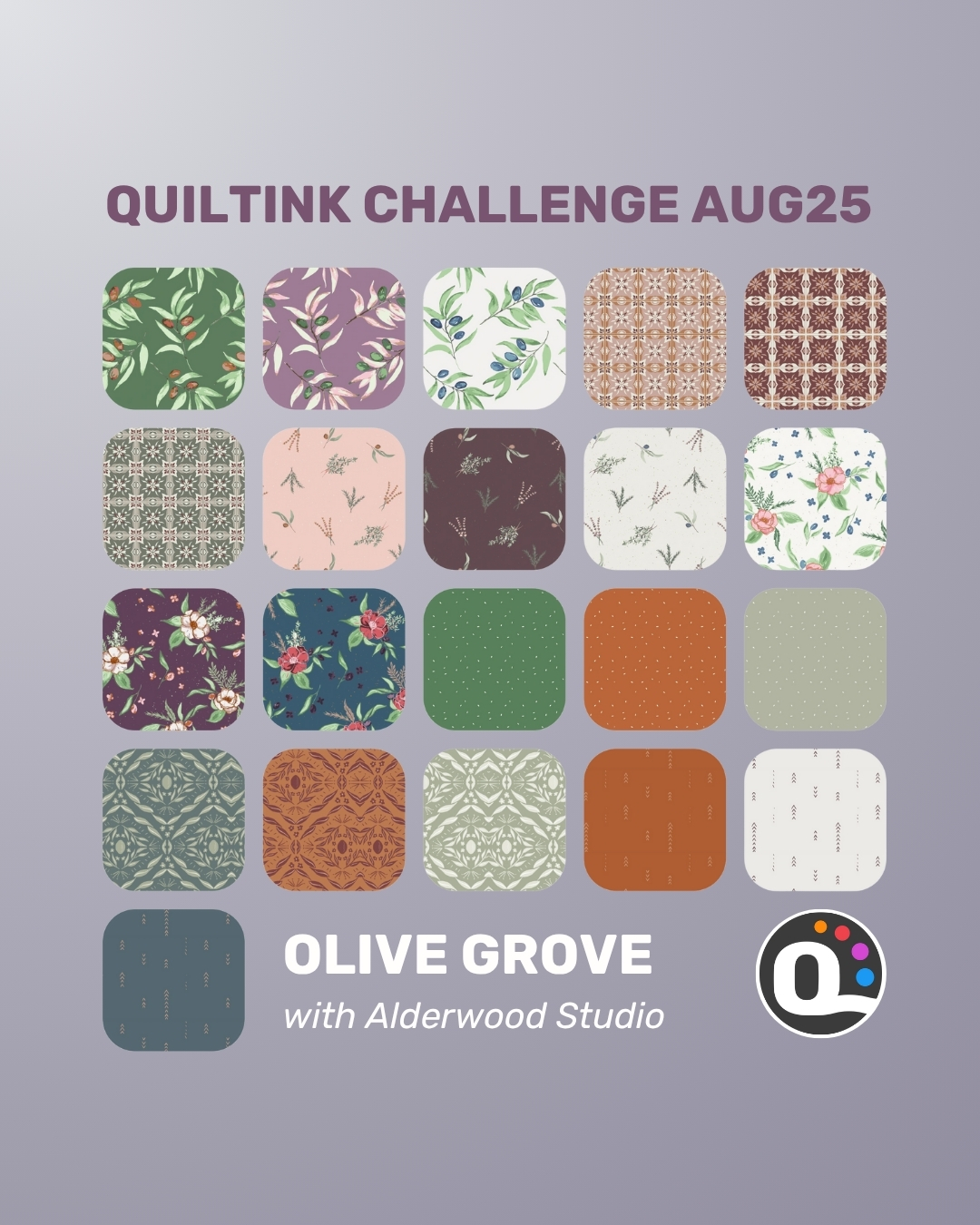
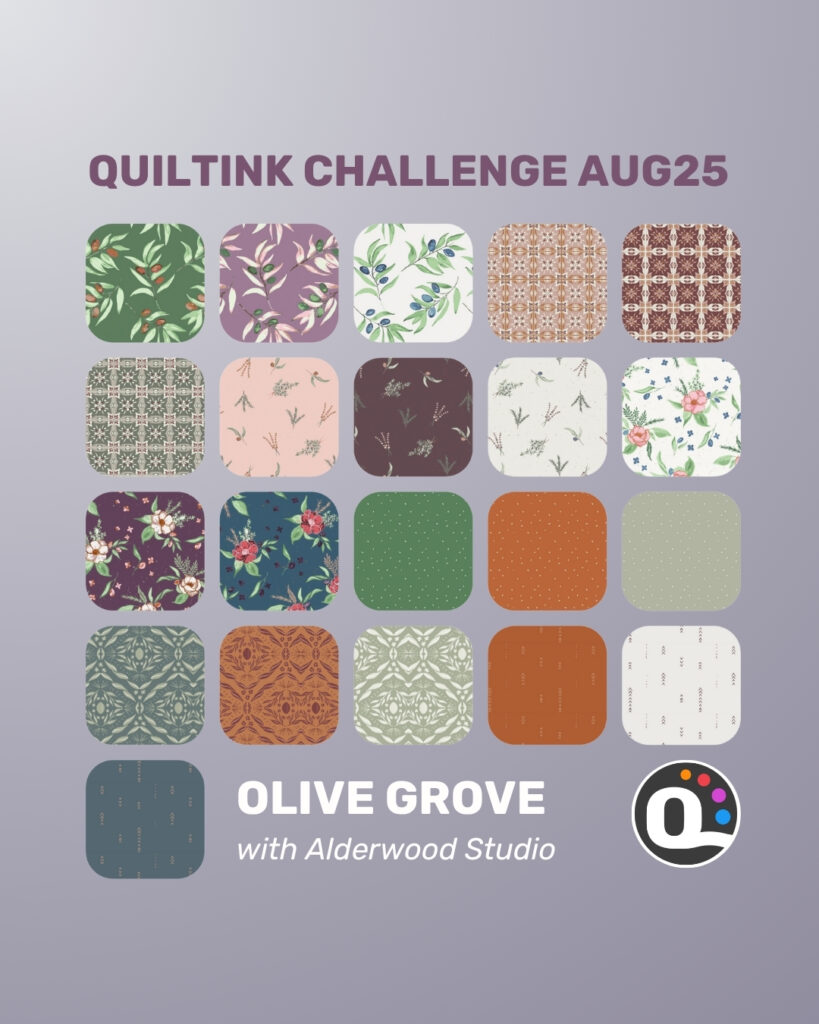
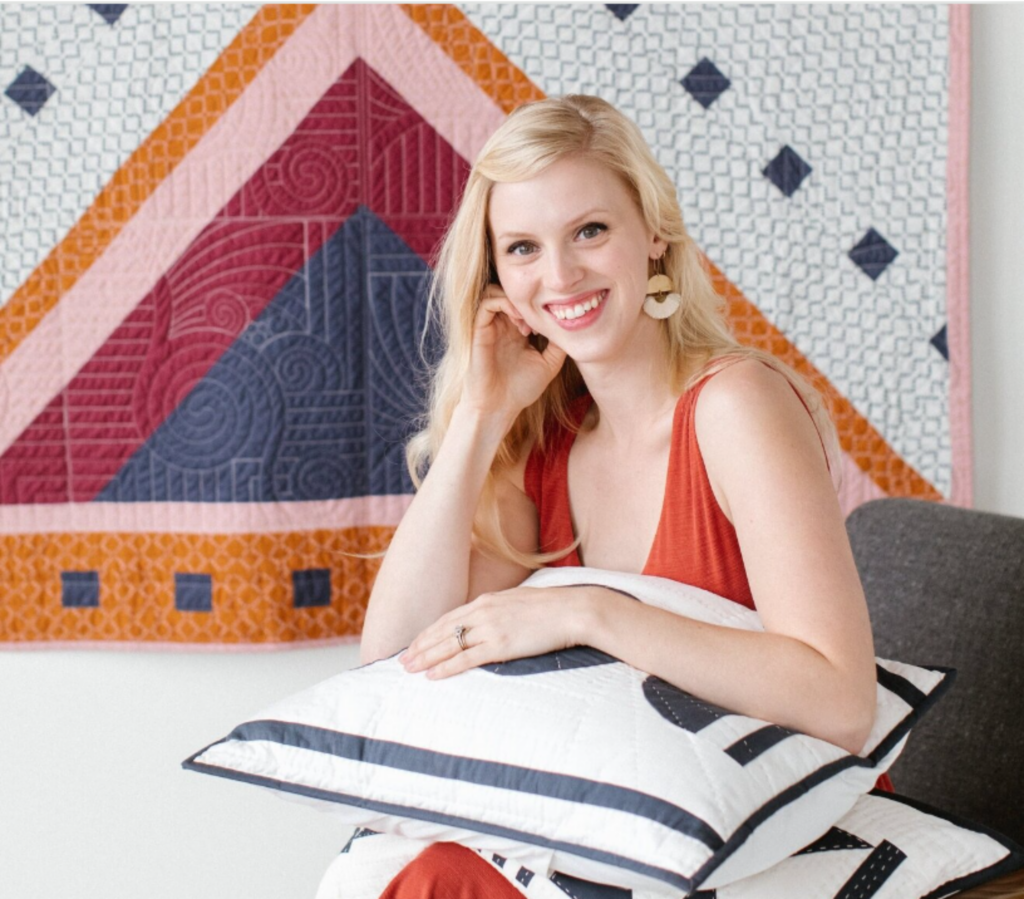
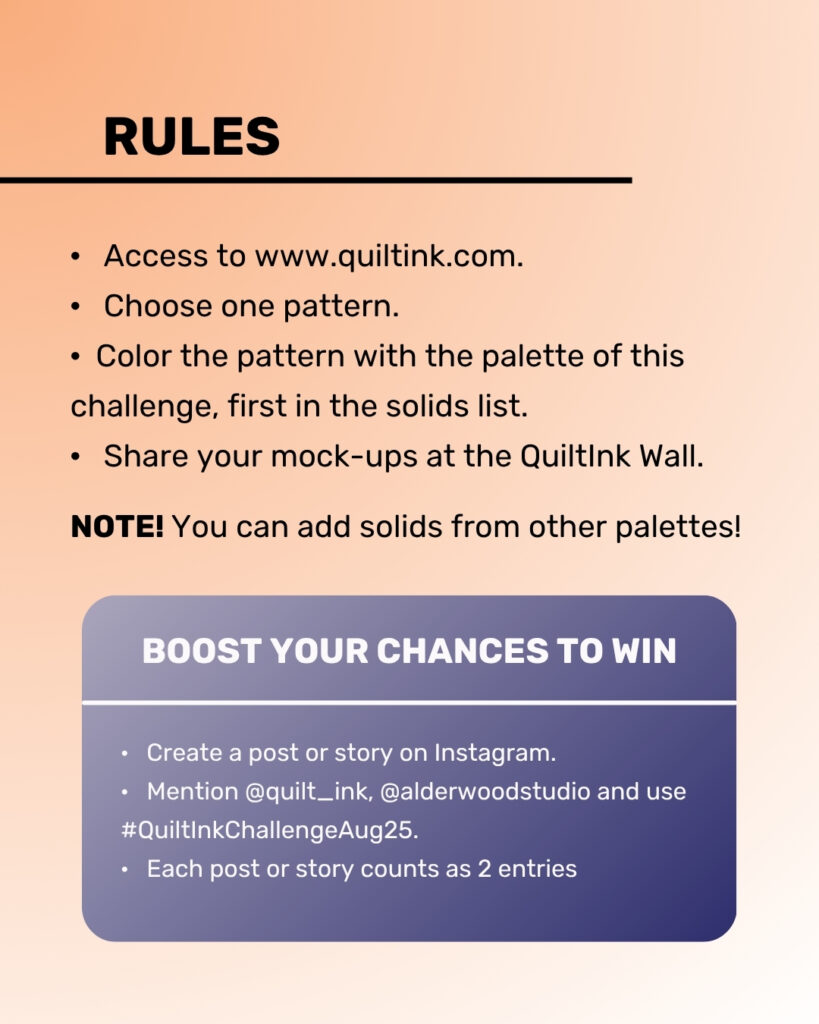
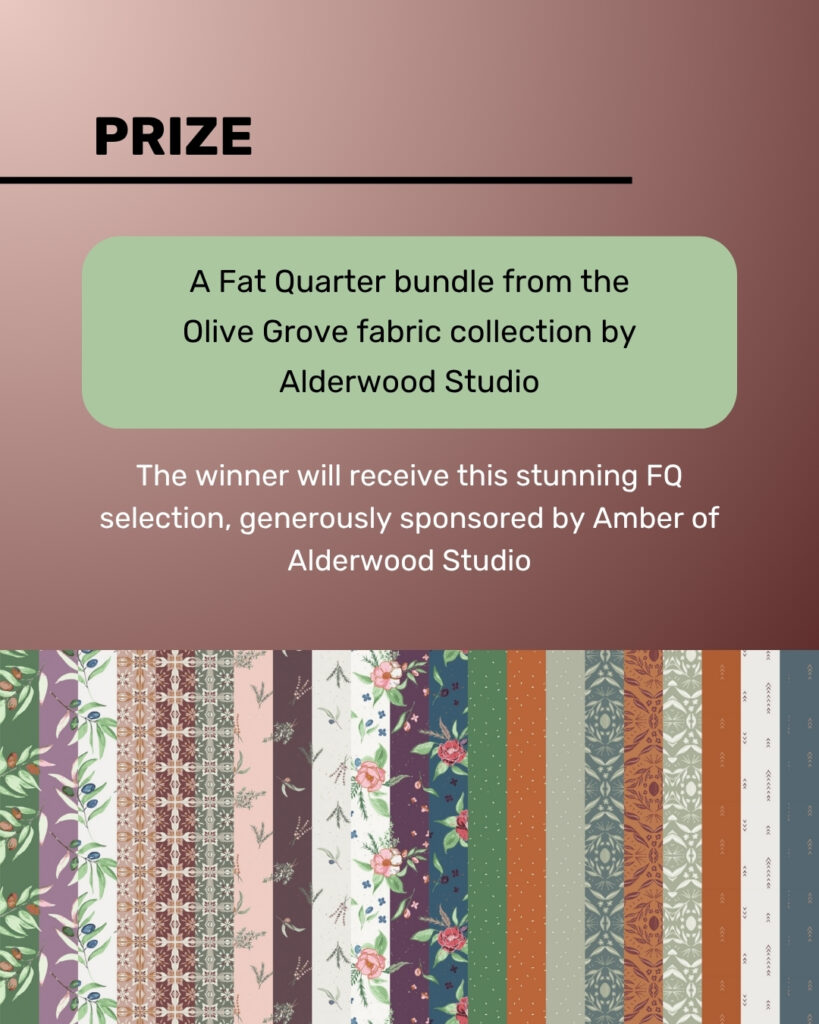
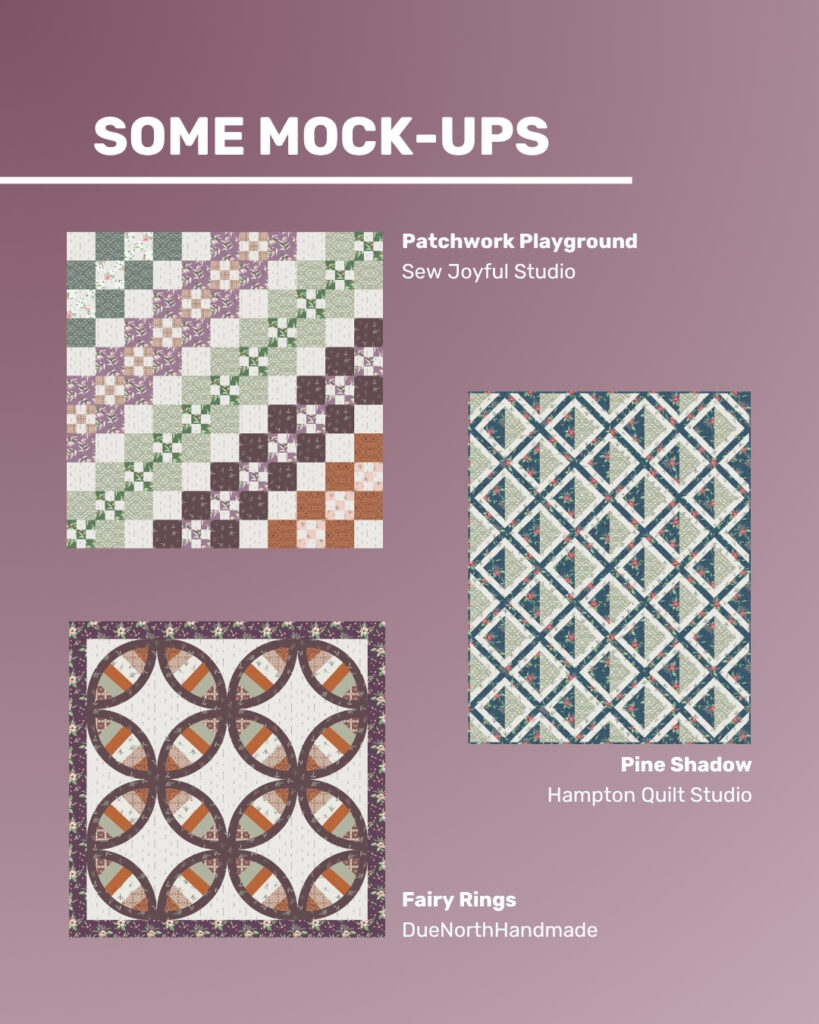
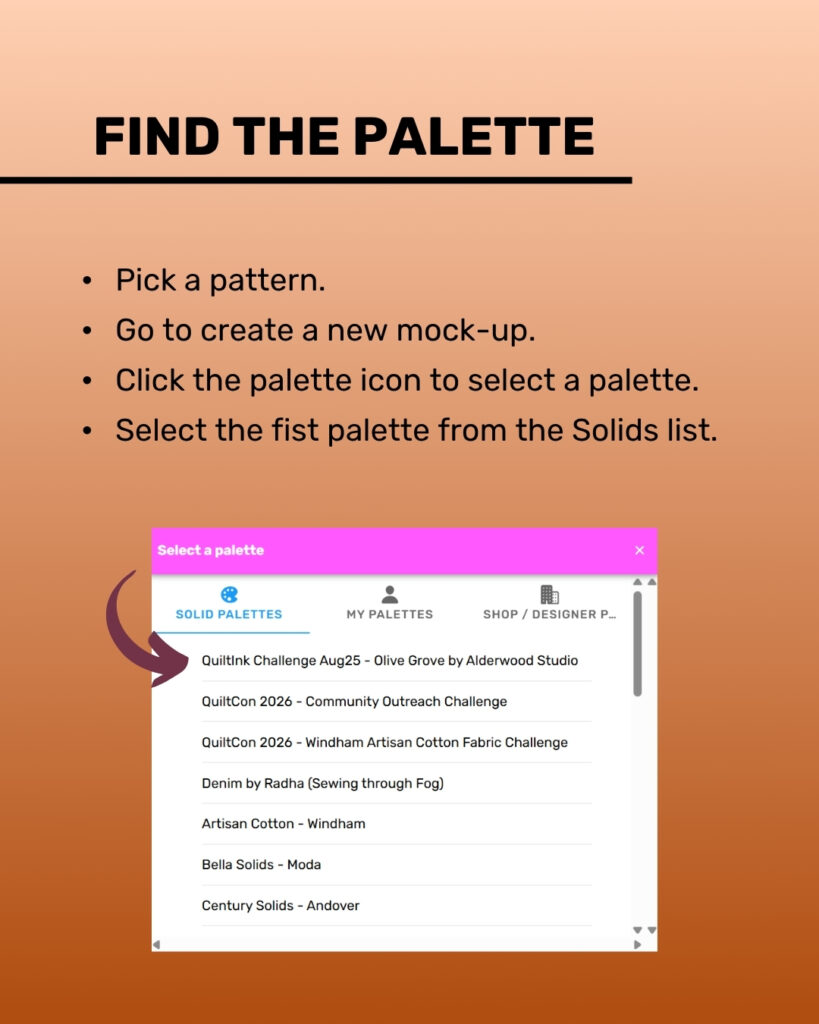
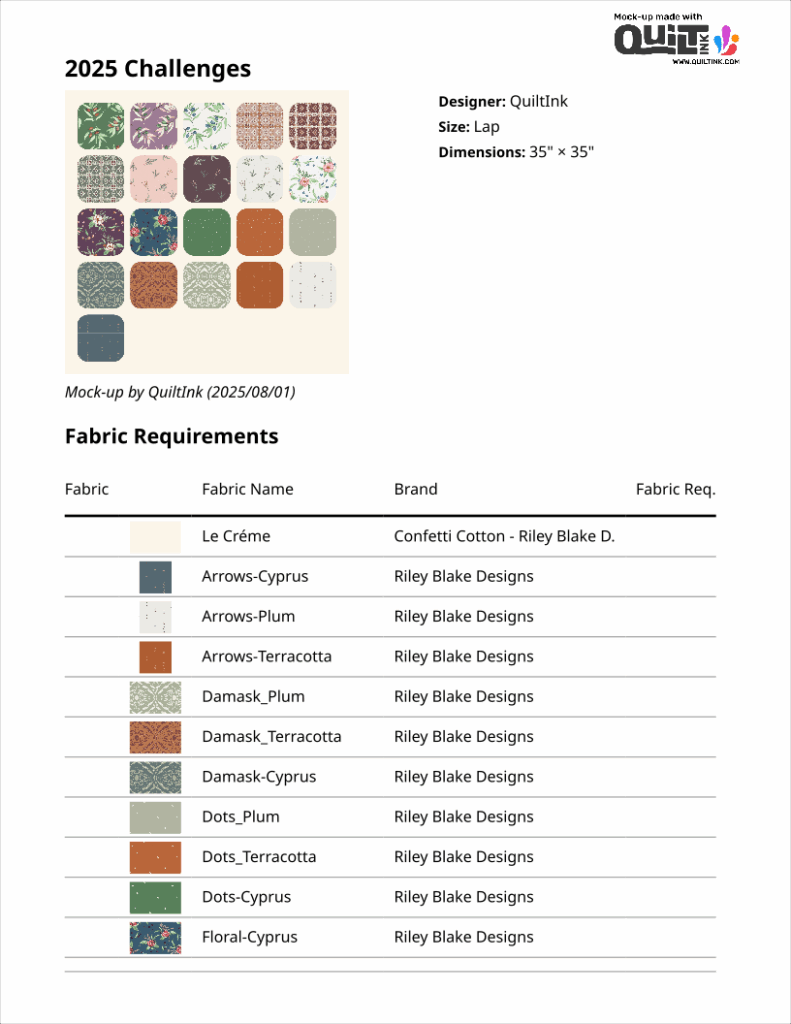
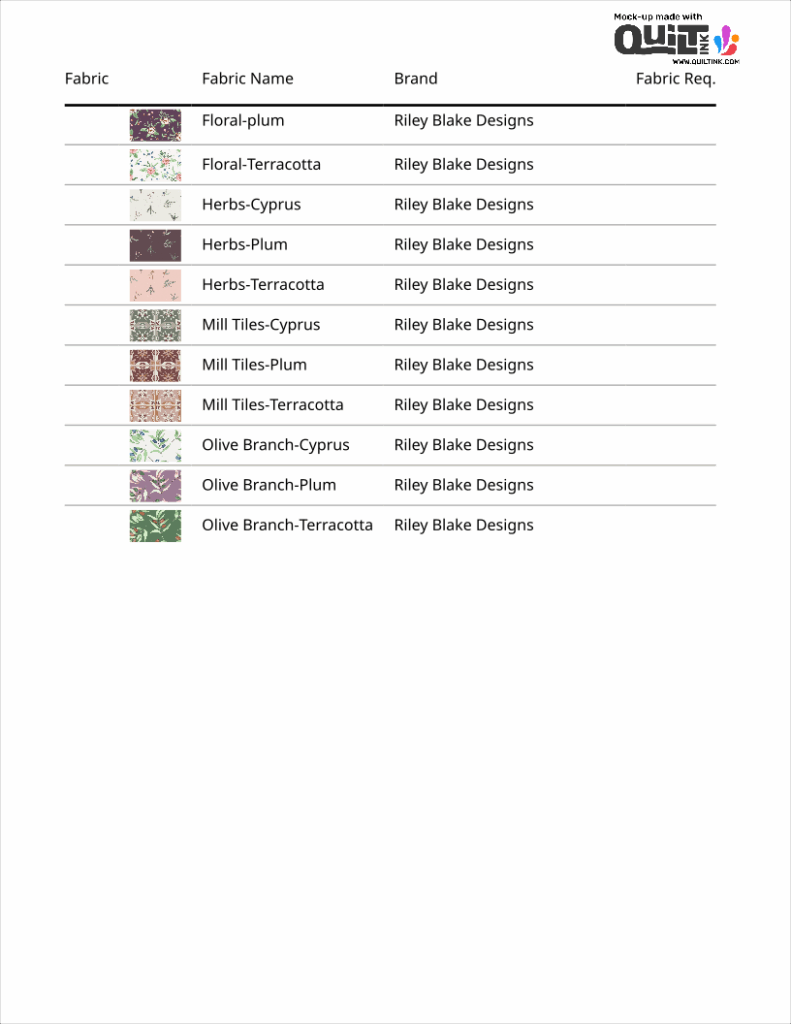
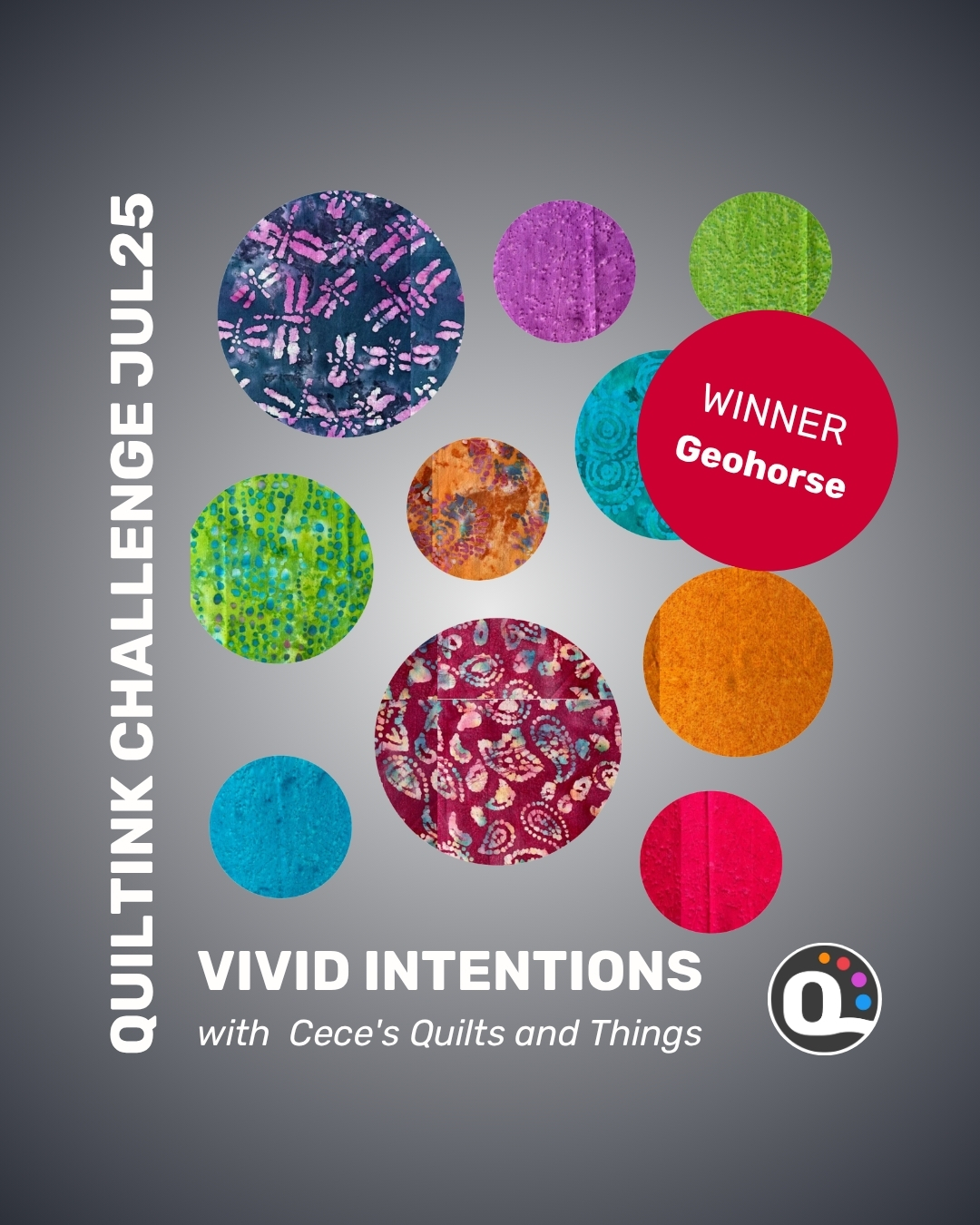
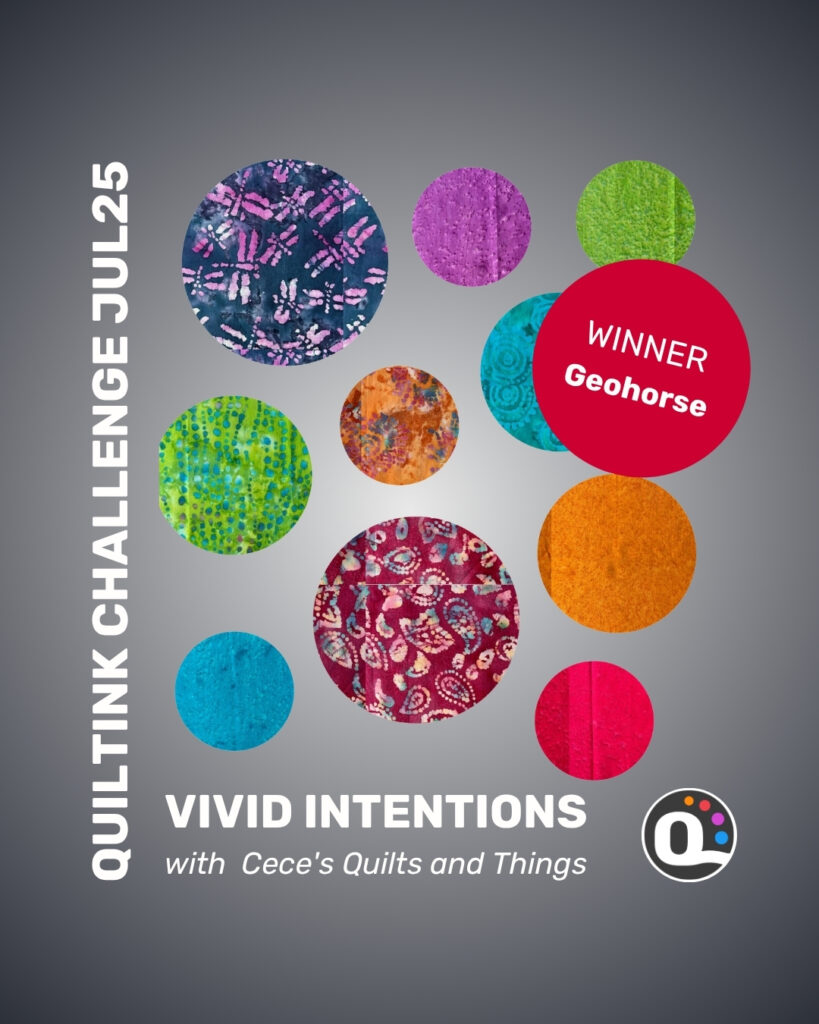
 And now… a big congratulations to @geohorse, the randomly selected winner of the July Challenge! Your mock-up for the Letter Love quilt pattern by Jo Wright Makes were bursting with personality and warmth. You’ll receive a 10-piece Fat Quarter bundle of beautiful batiks, sent directly from India! (Please check your email inbox)
And now… a big congratulations to @geohorse, the randomly selected winner of the July Challenge! Your mock-up for the Letter Love quilt pattern by Jo Wright Makes were bursting with personality and warmth. You’ll receive a 10-piece Fat Quarter bundle of beautiful batiks, sent directly from India! (Please check your email inbox)